September 24, 2023
Martha O'Kennon
Yes, Autumn is coming in. But yesterday got up to 84 F, and this morning was warm enough that I didn't even check the water temperature in the pond before feeding the Fishes. The goldenrod that sprang upon us two weeks ago is turning brown and attracting somewhat fewer Creatures. But the Asters are still capable of bringing in many lovely Bees. Here is a Metallic Sweat Bee. Next is a Bumblebee on a light purple Aster. And third is a tiny coppery Bee on a bright magenta Aster.
.jpg)
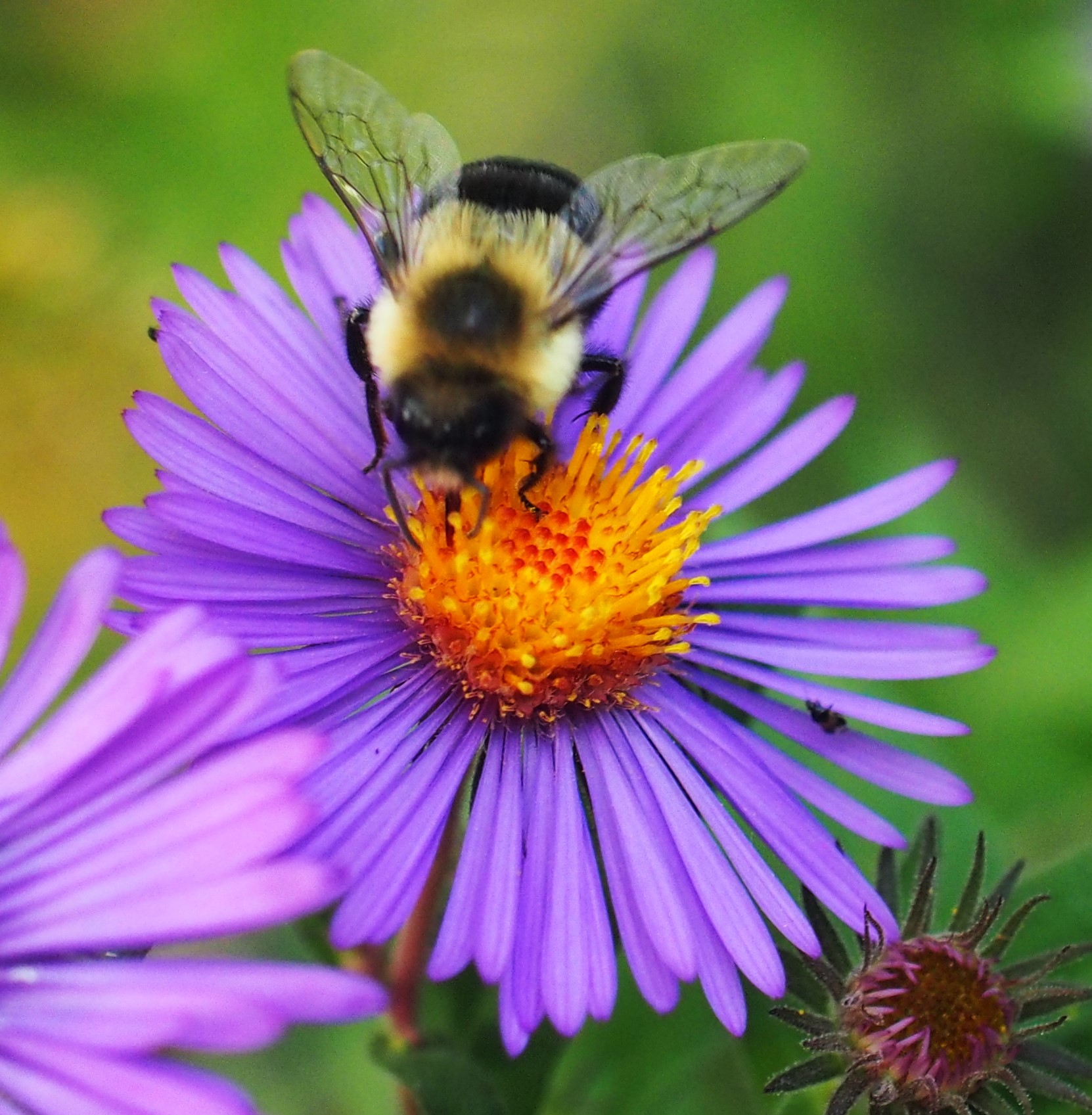
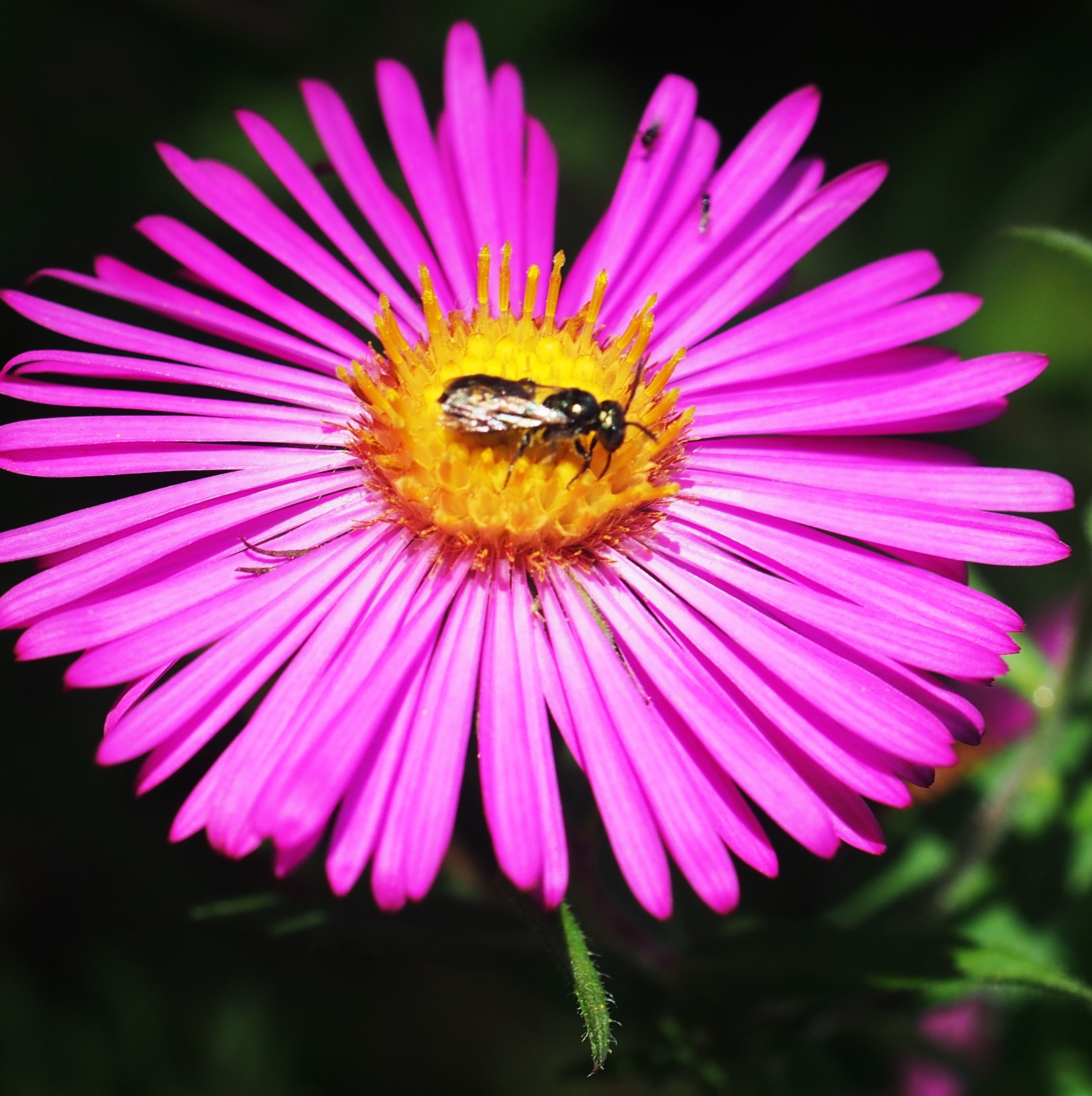
The Browning of the Goldenrod is coming apace (picture 1 featuring the Dark Paper Wasp), but one CAN still see a bright golden patch (pictures 2 and 3 ). The Wasp in picture 2 is
a member of genus Symmorphus).
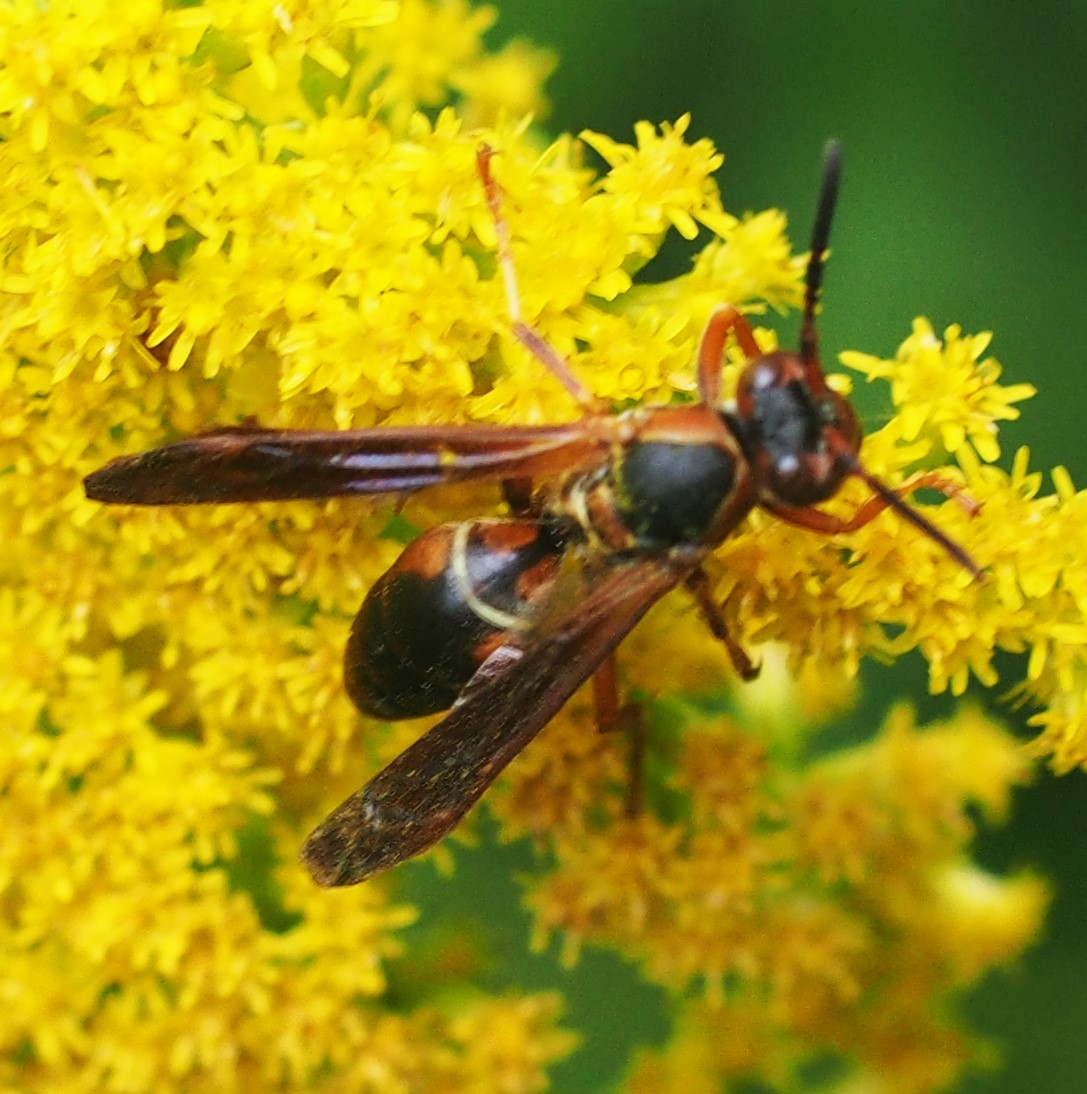
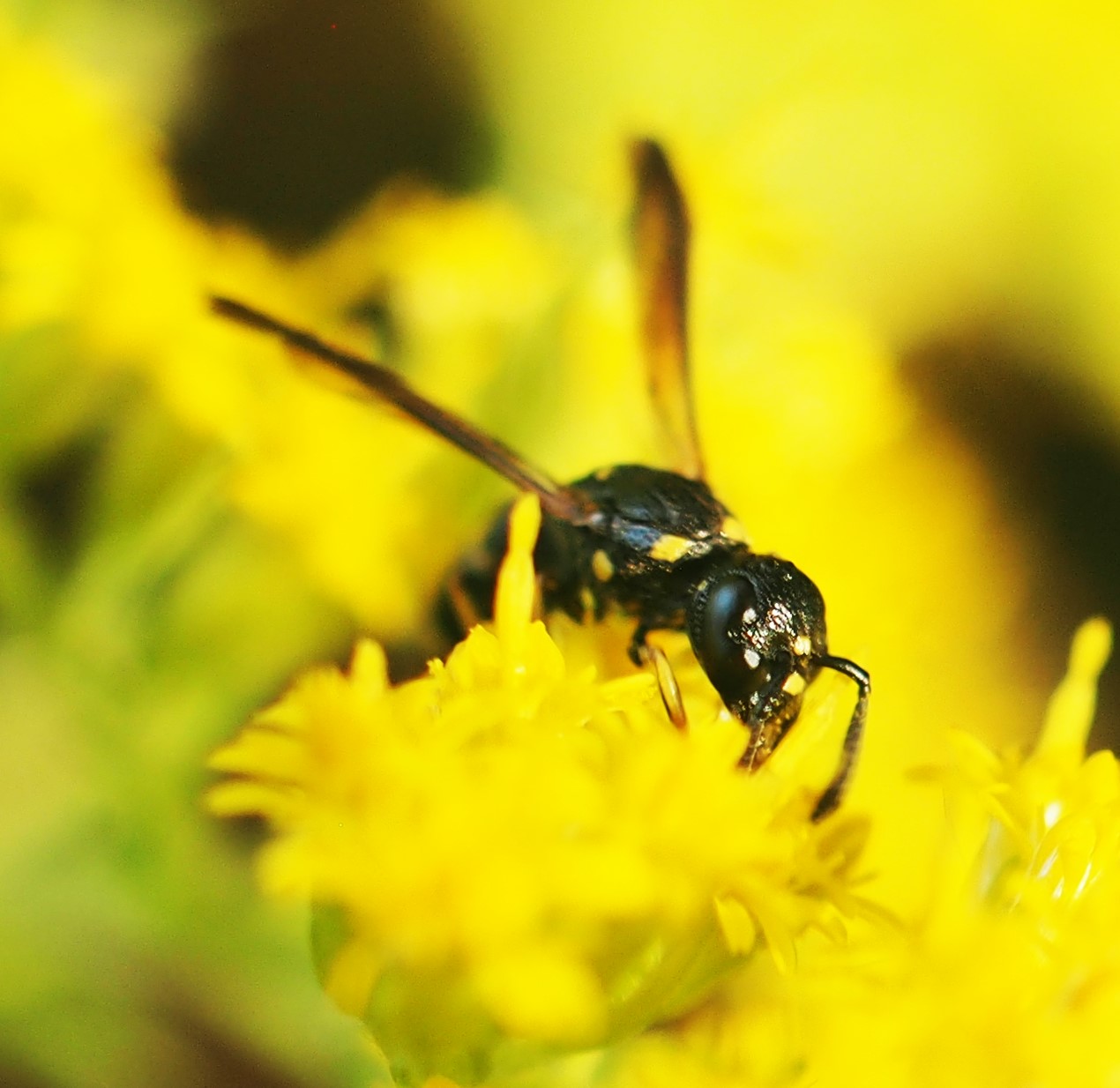
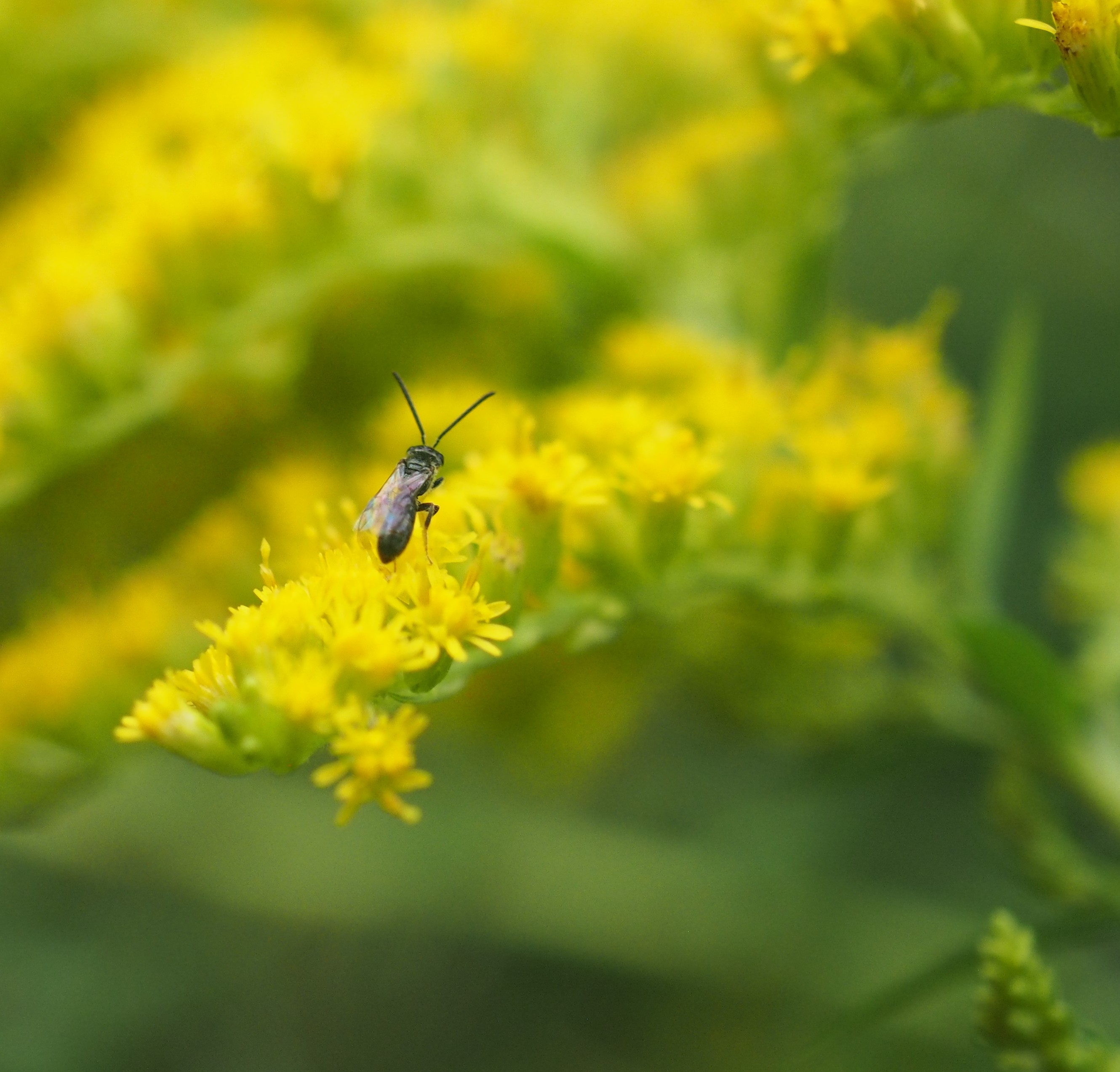
Remember that there is information in the name of the file for each image. You can see it by mousing over the image - look at the lower left of the screen. Or you can
click on the image to get to the (usually) larger image. Then the info is displayed in the address line above. Sometimes the second click will actually display a different view of the
original image.
Here is the one Ant that I saw one day on the South Wall. I believe all of these are the same Ant, but only one of them has the reddish coloring I associate with the Nearctic Ants.
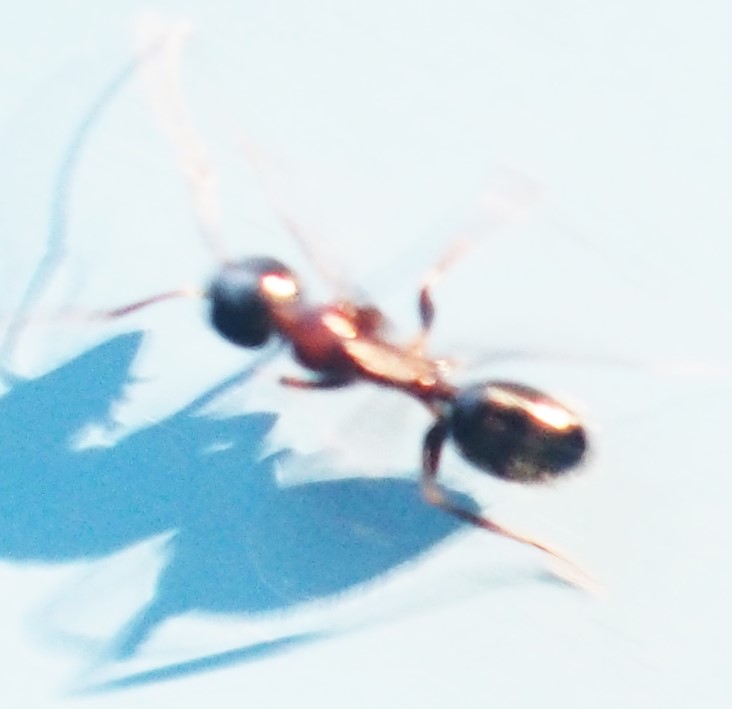
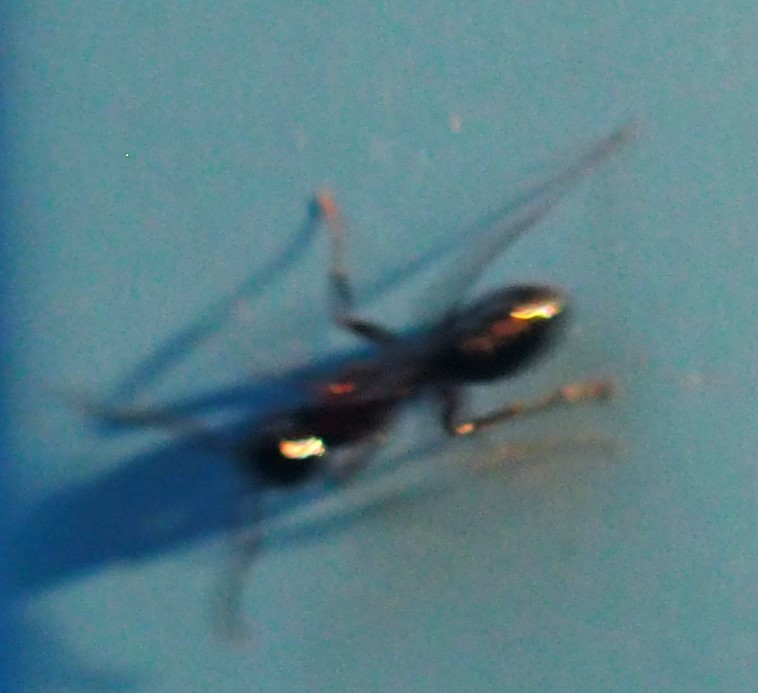

This was a great week for Bees. The purplish-blue Bee in pictures 1 and 2 are Dark-winged Sweat Bees (Lasioglossum fuscipenne) You would think the purplish-blue Aster was able to morph the bee that got into it into a Bee of the same color as the Aster. But no, the Bee in picture 3 is green.
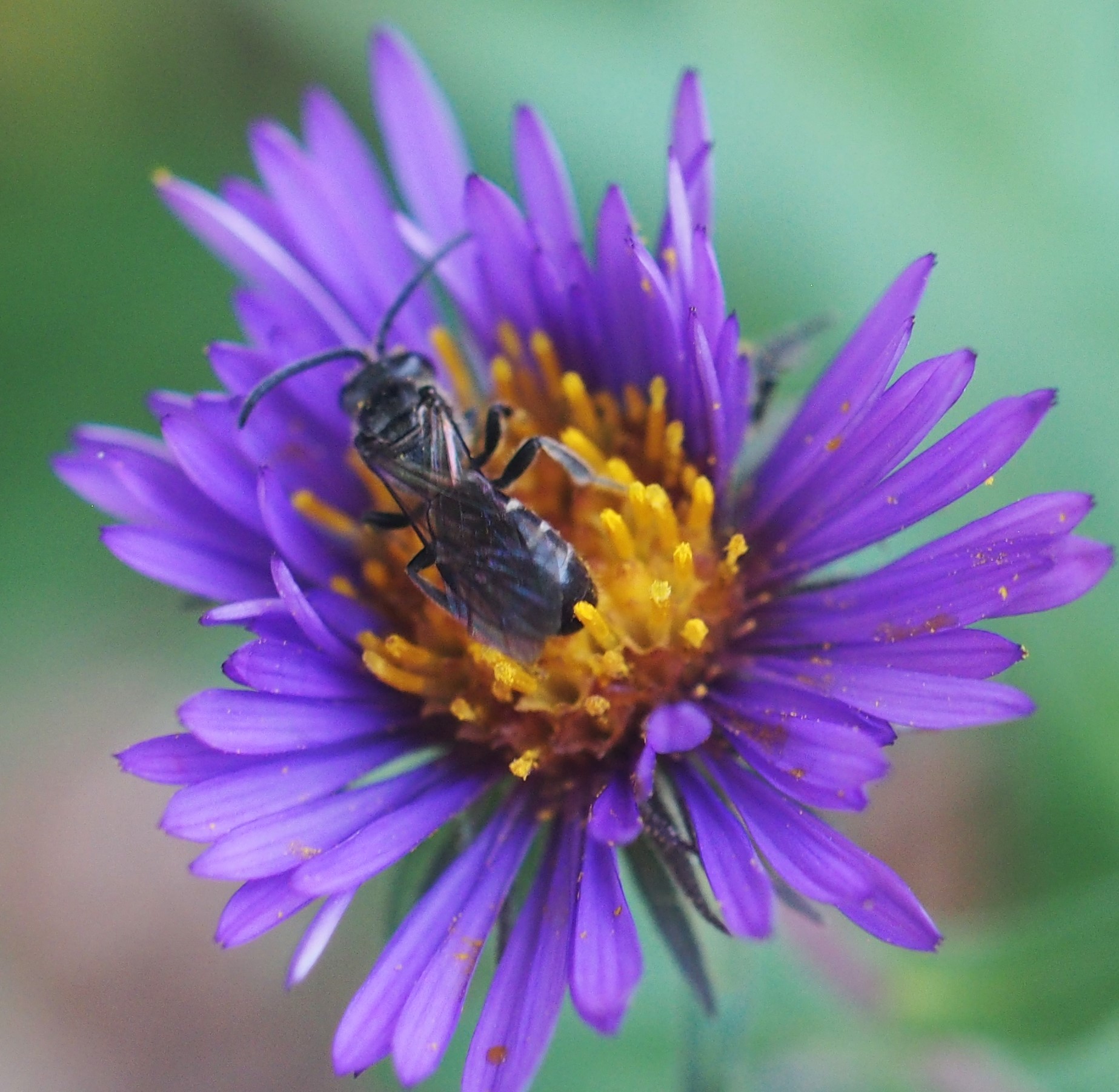
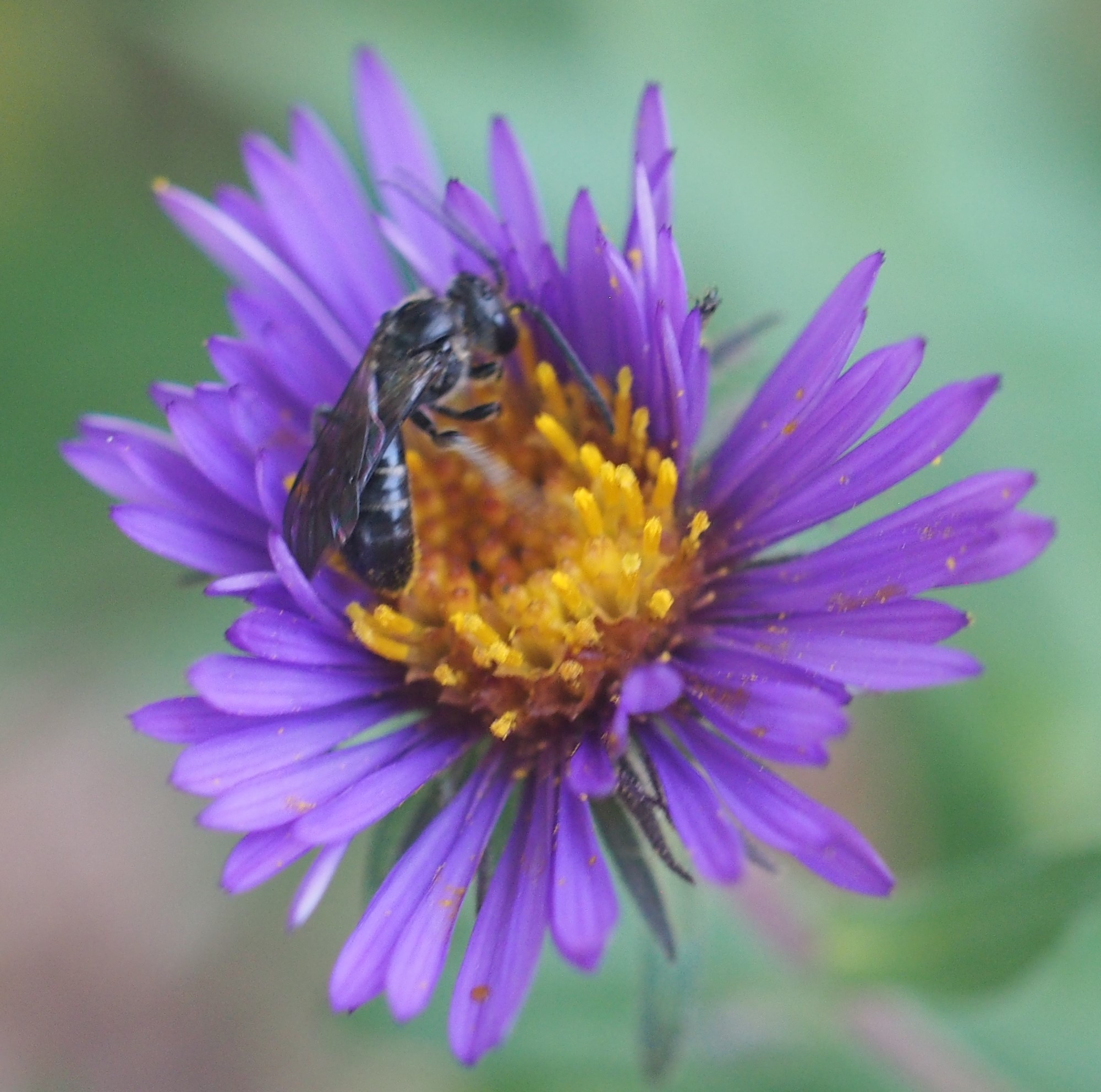
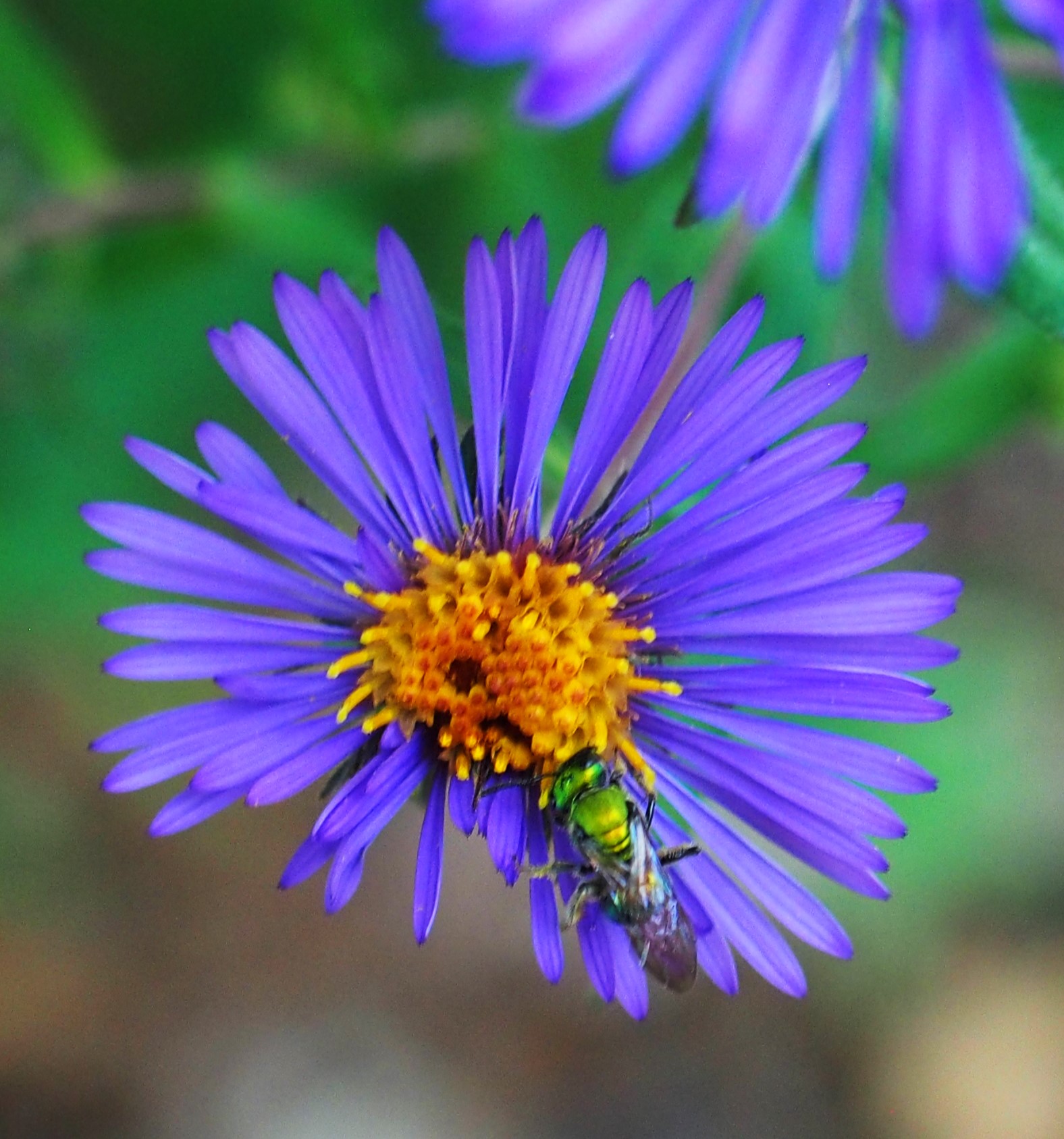
Here we have a green Bee (probably an Agapostemon striped green Bee) in a light purple Aster, A magenta Aster with a Green Bee, and an Aster withe a Honey Bee. Did you imagine there were so many colors of Bee?
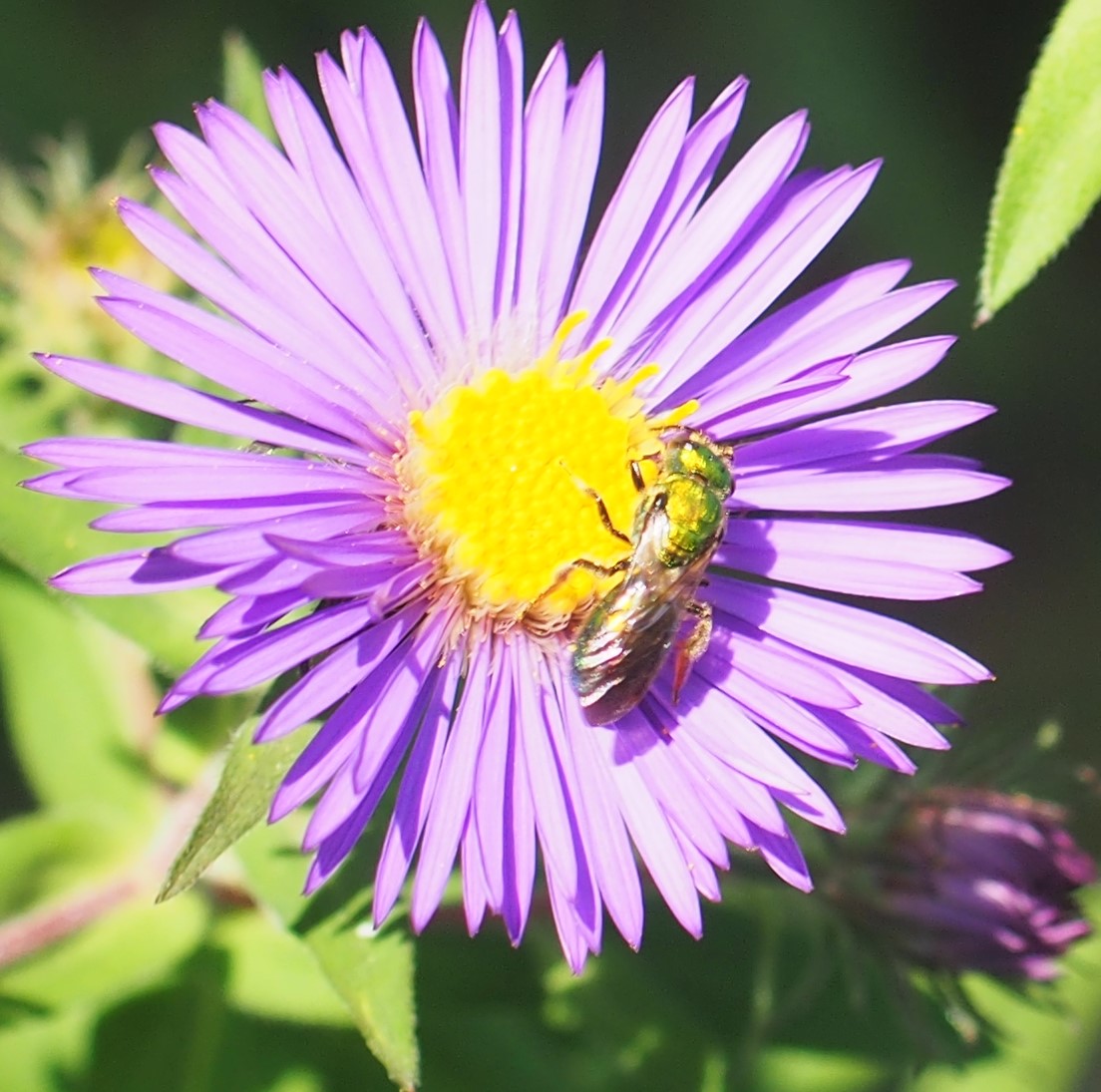
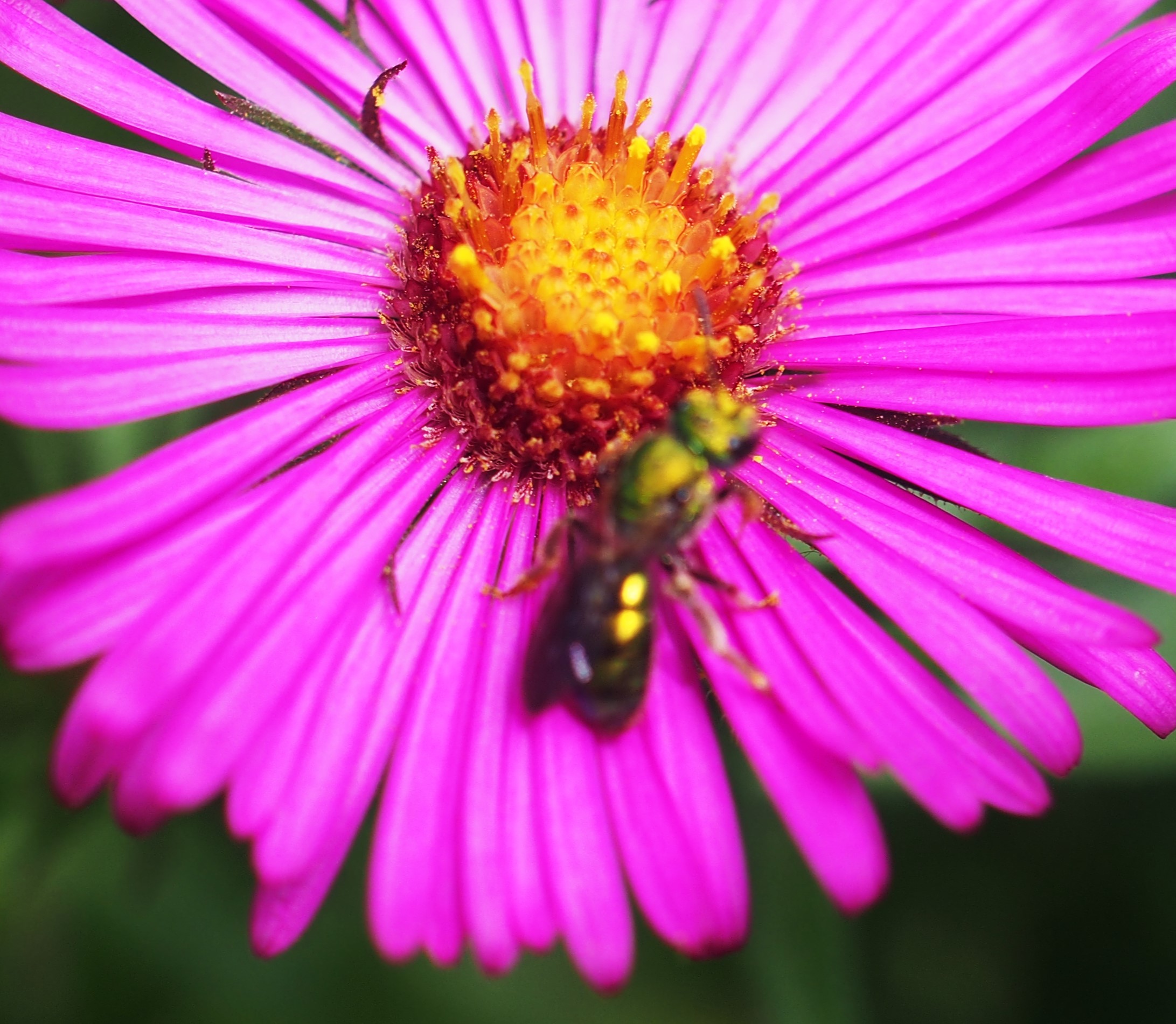
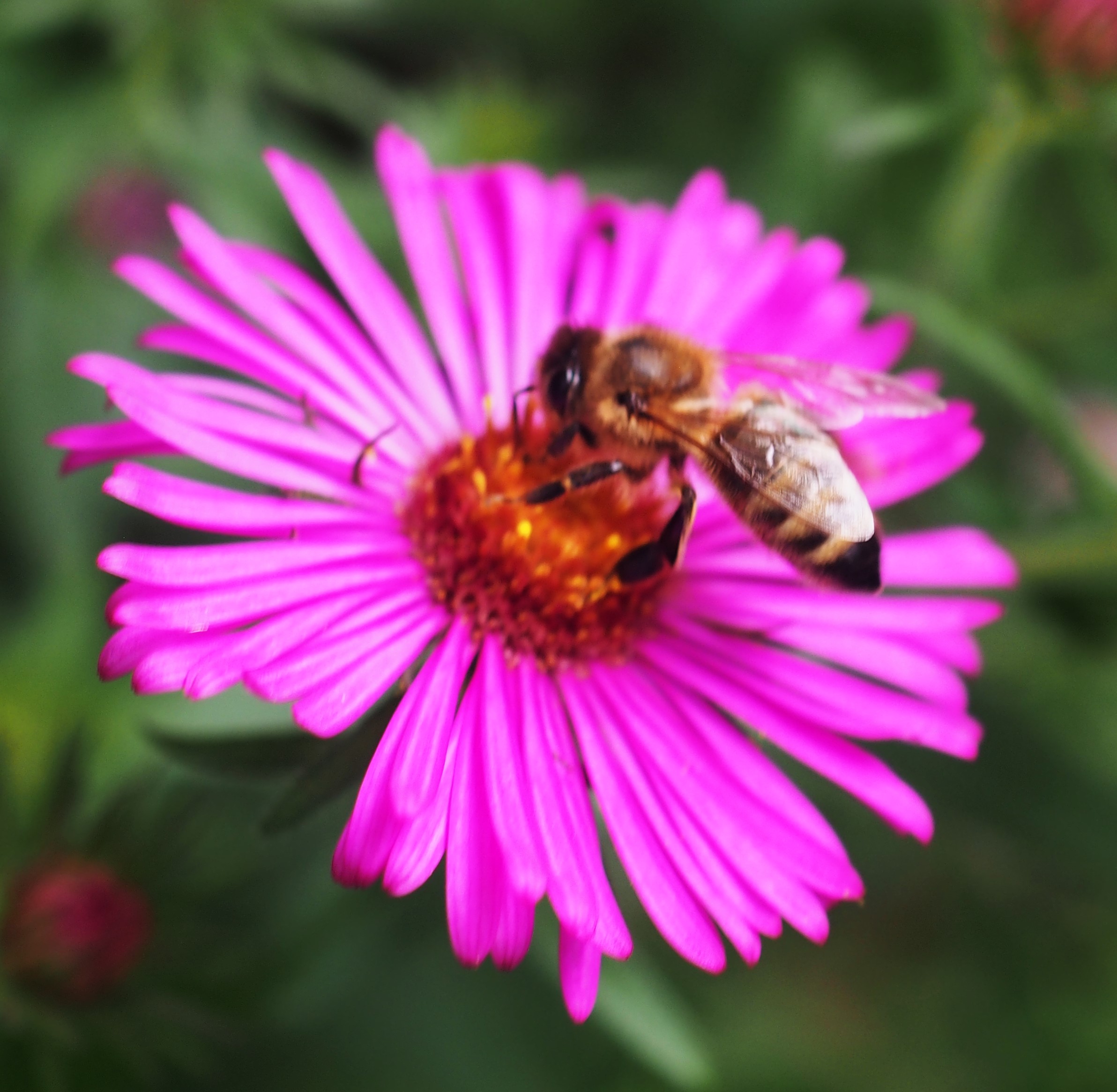
The Bumblebees also love Asters.
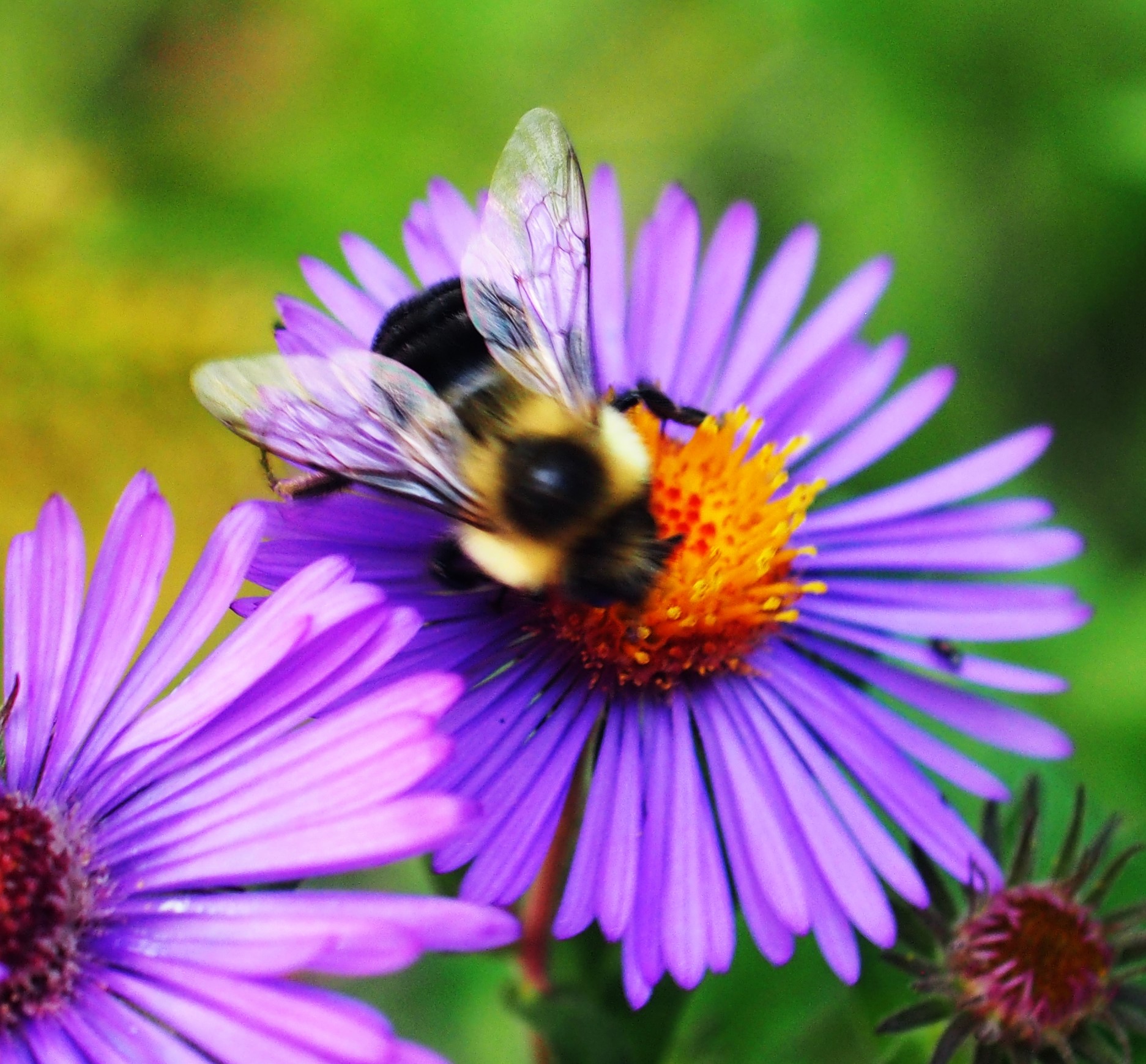
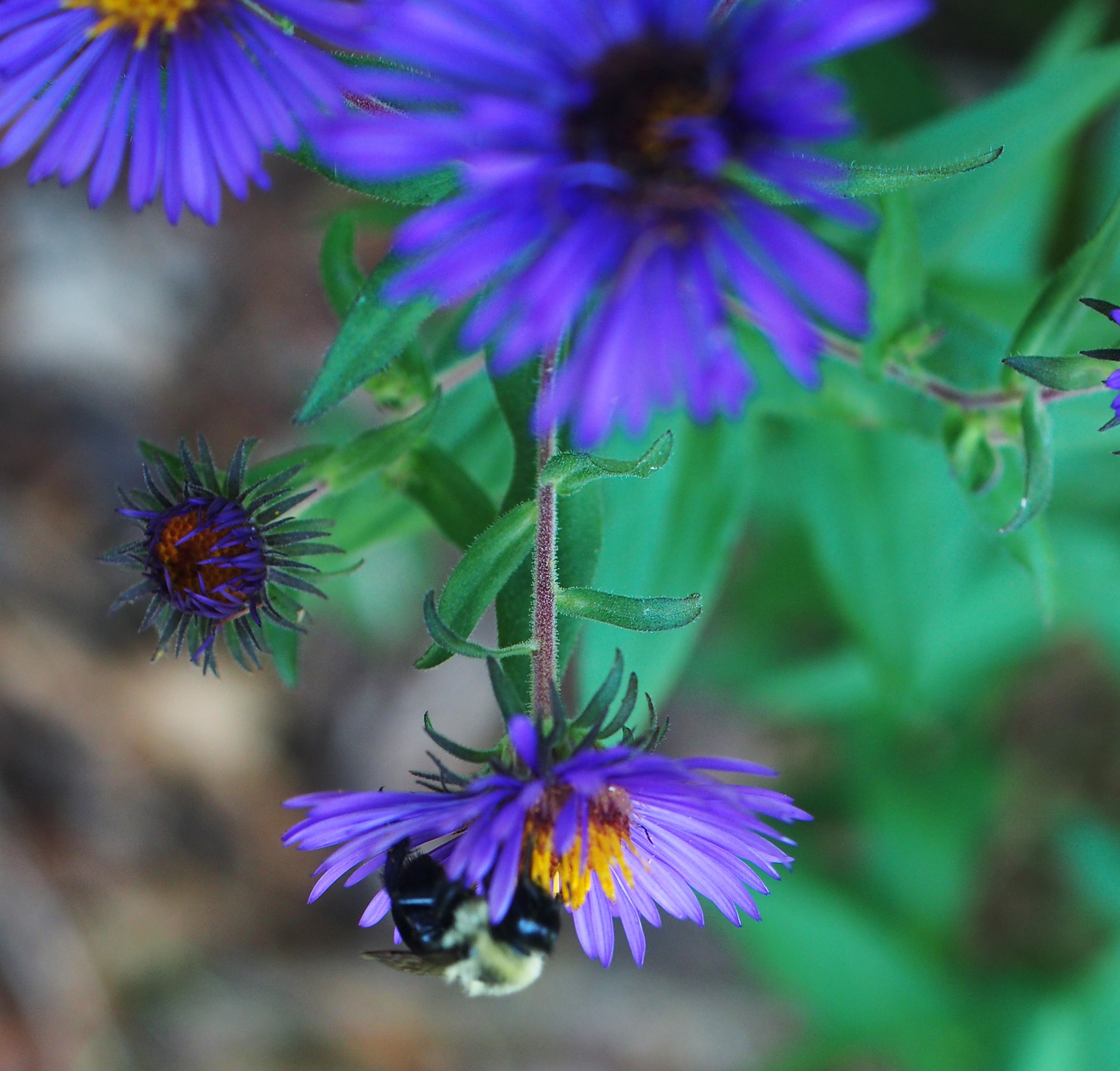

On to the ONE Beetle of the week. Can you believe that? Here is the Redbud Seed Weevil! Then on to the Bugs. This is the Pennsylvania Ambush Bug. Then we have this tiny black and white (probably) Plant Bug.
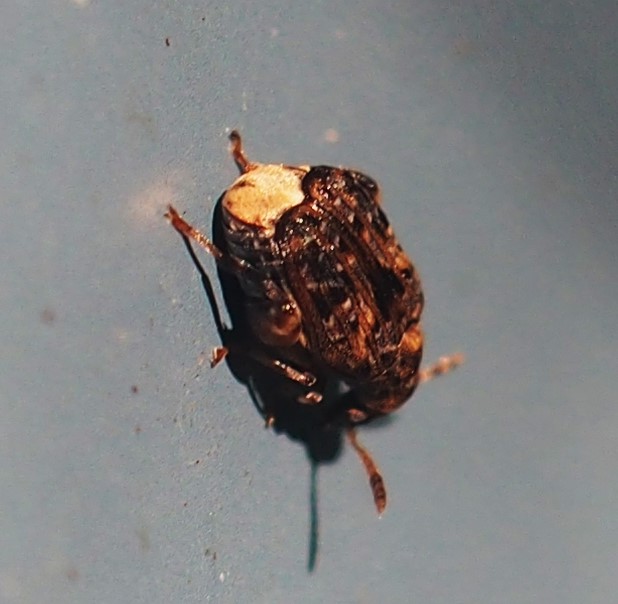
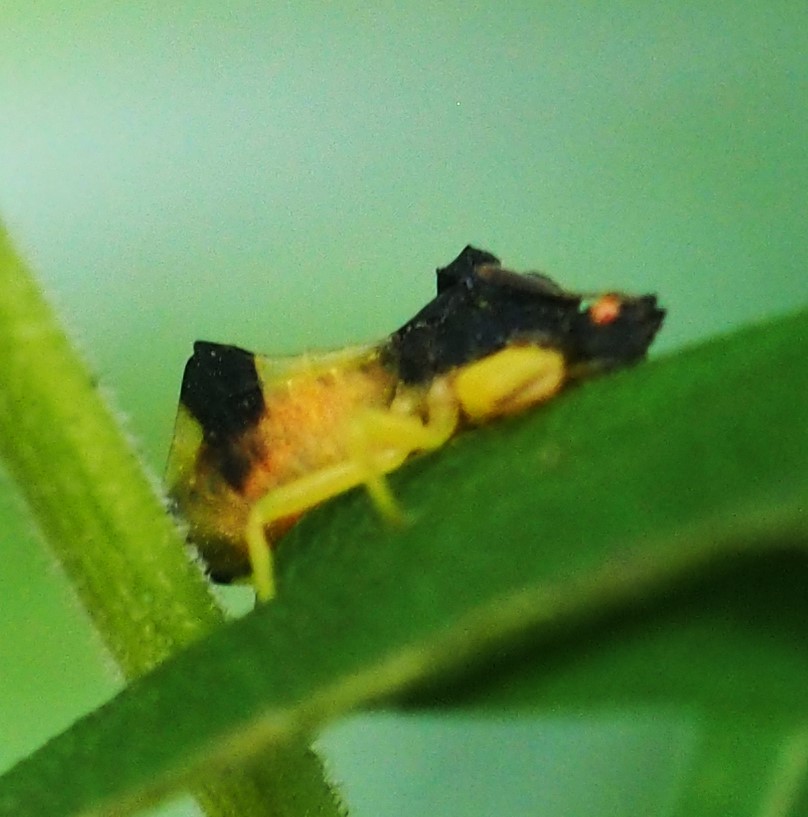
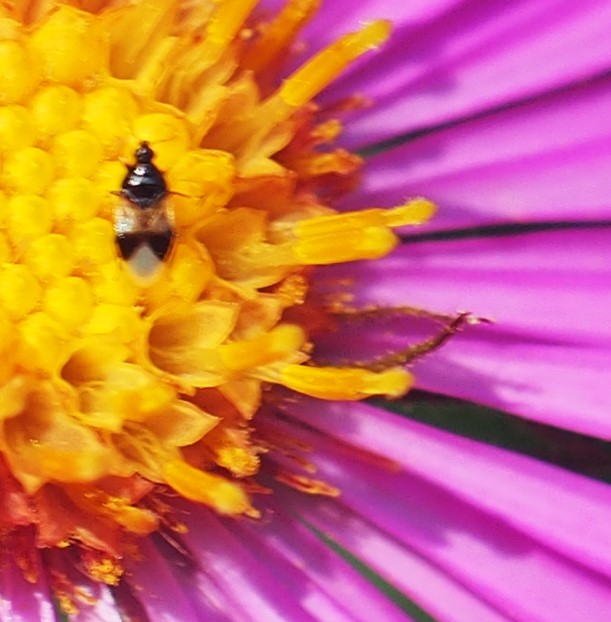
Here are two Leafhoppers - the Red-banded Leafhopper and a white Leafhopper. Third is a Brown Stink Bug of genus Euschistus.
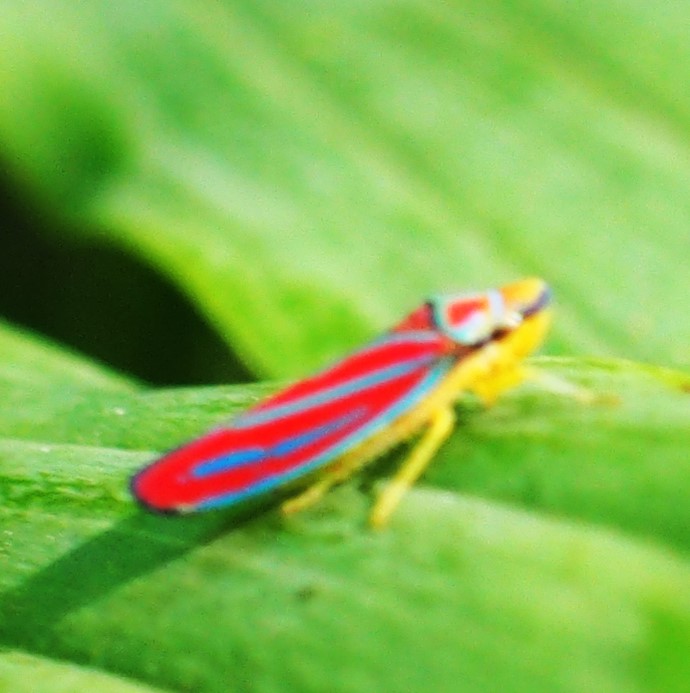
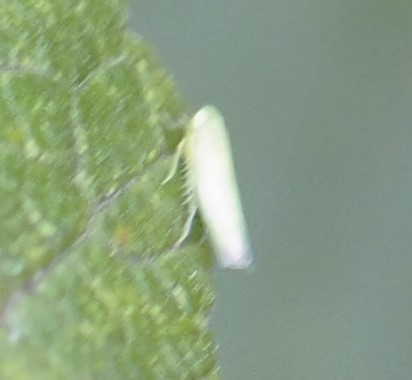
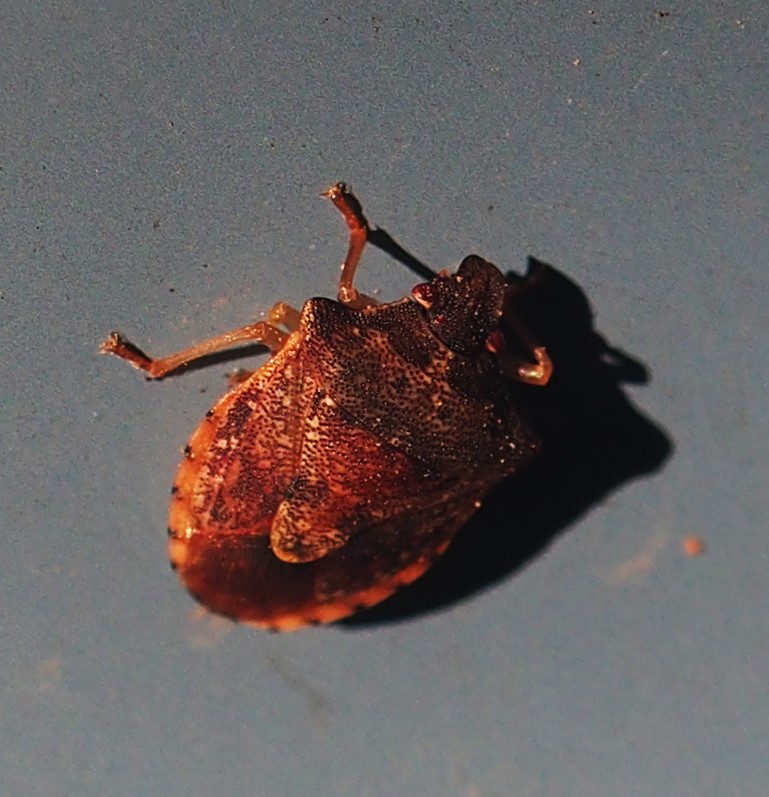
Time for a few Barklice. First a little nest of Graphopsocus cruciatus: clockwise from the bottom, we see an adult, an older nymph, and a moult. Then two nymphs and four moults. Finally, an adult of an unknown species.
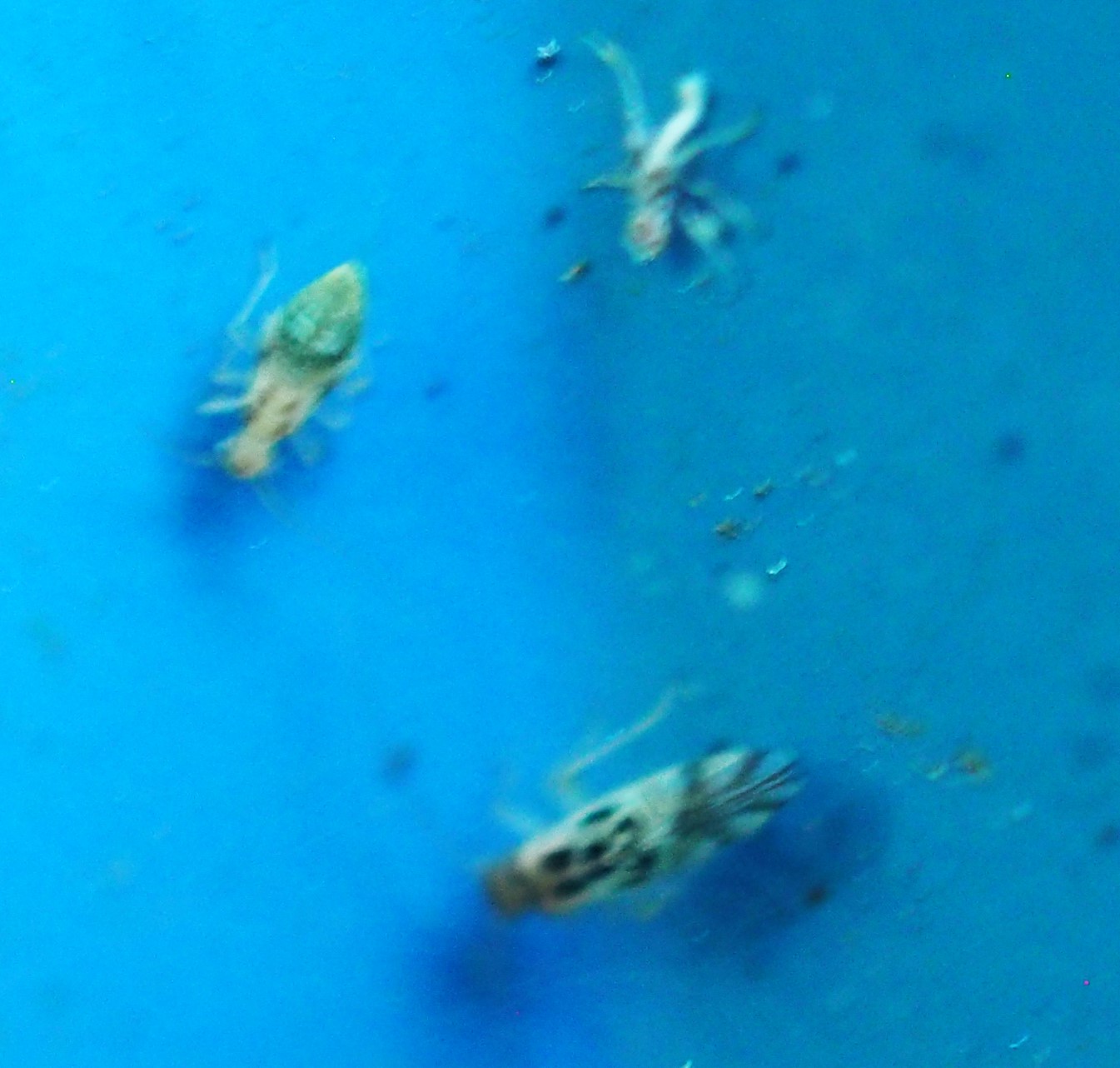
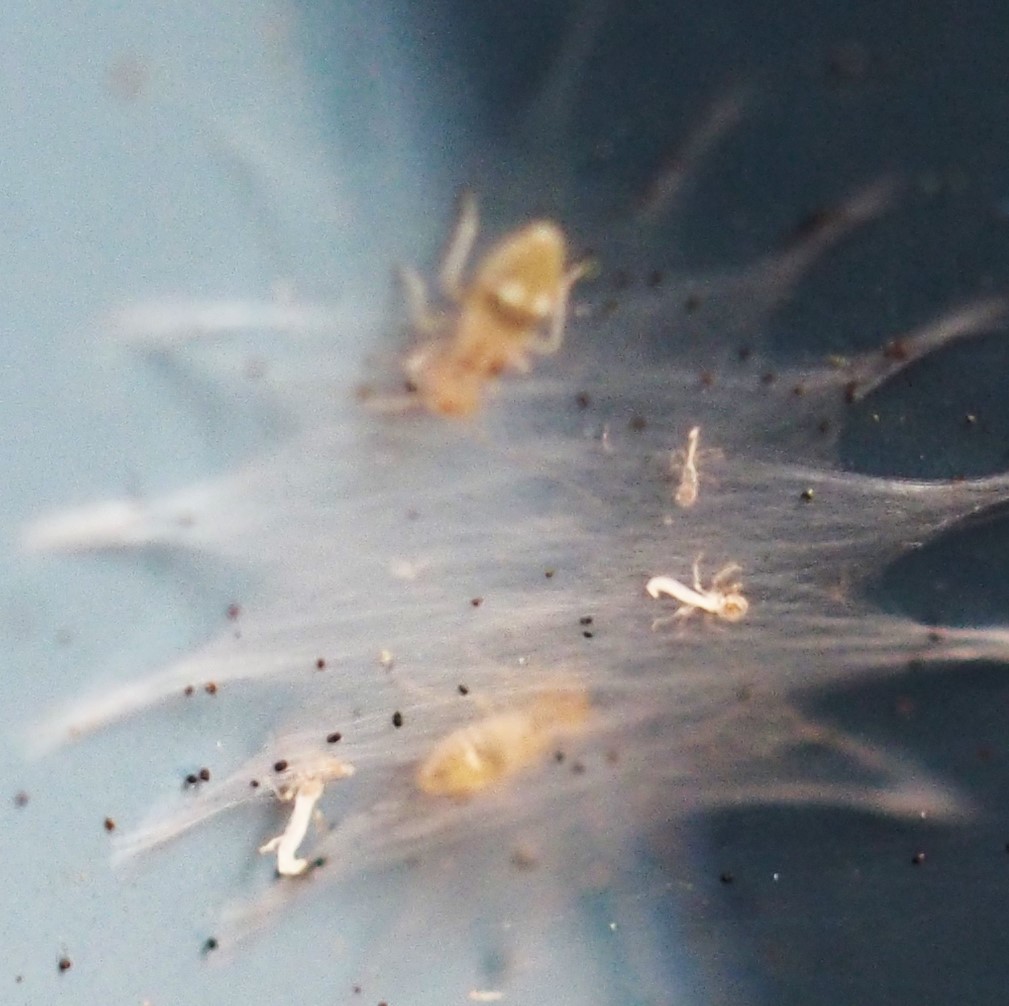
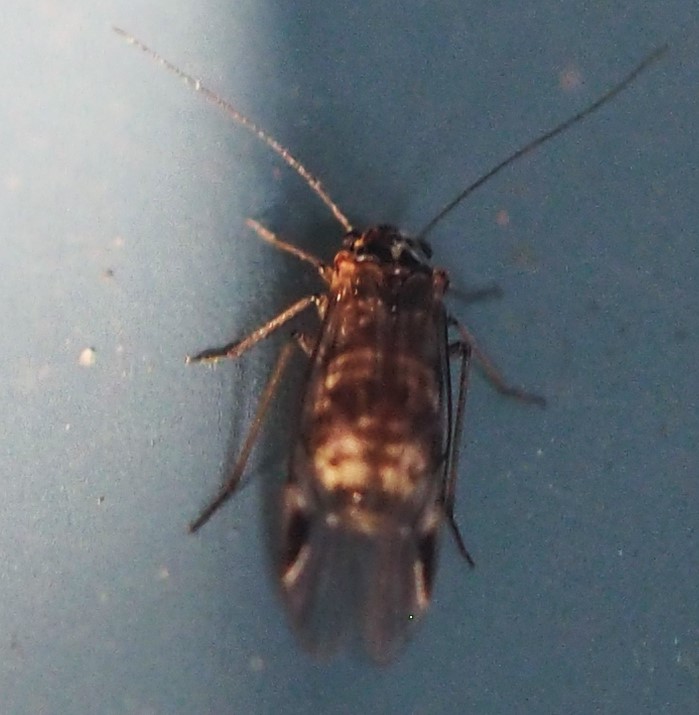
Here are a few Polypsocus corruptus. First and second, two adults. Then probably another adult.
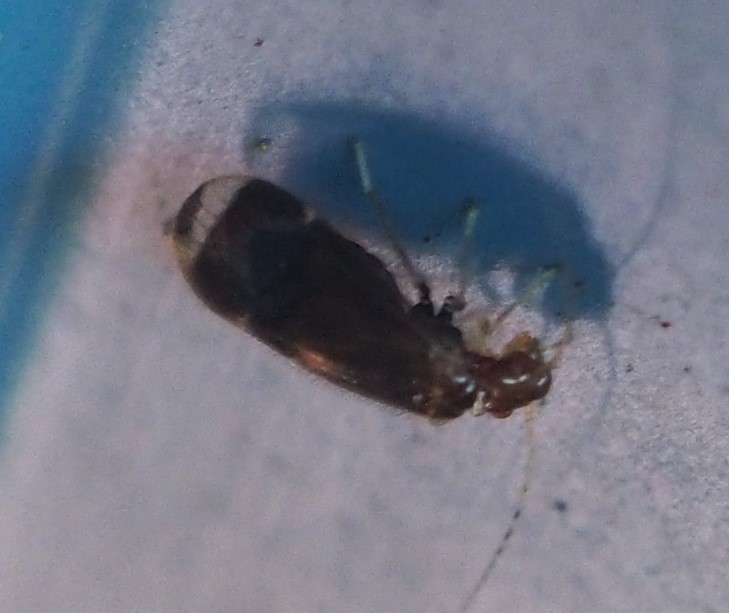
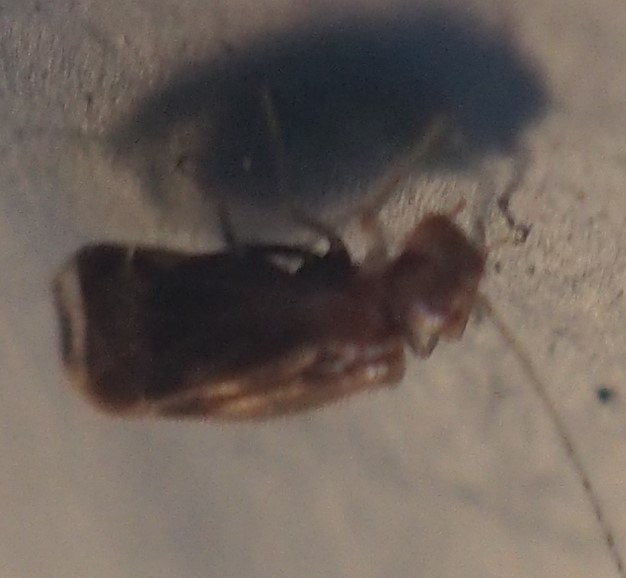

So now we look for the Flies. Here's a Bathroom Moth Fly, followed by a largish Crane Fly, and a beautiful Mosquito with green eyes and what looks like a furry red thorax.
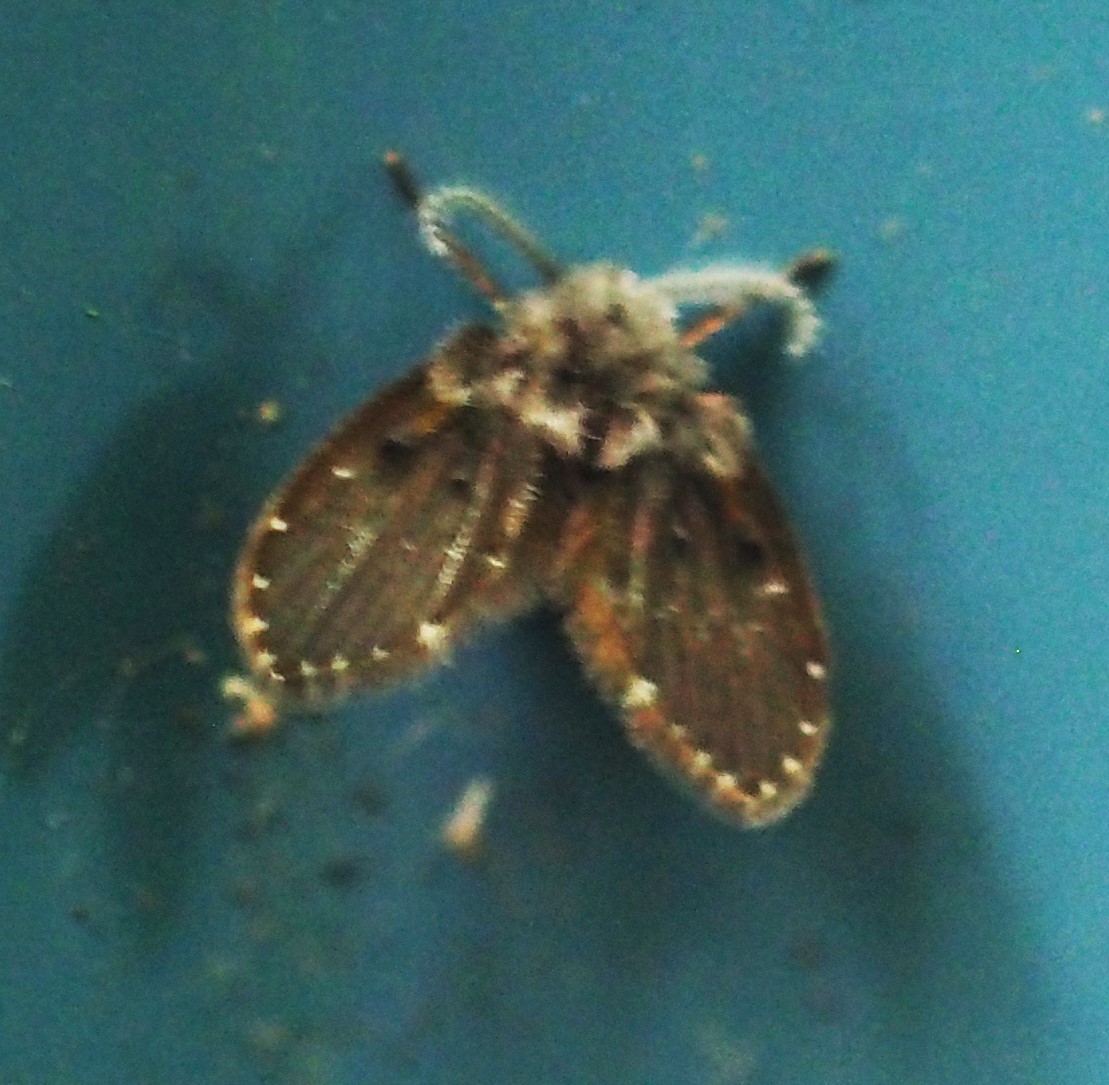
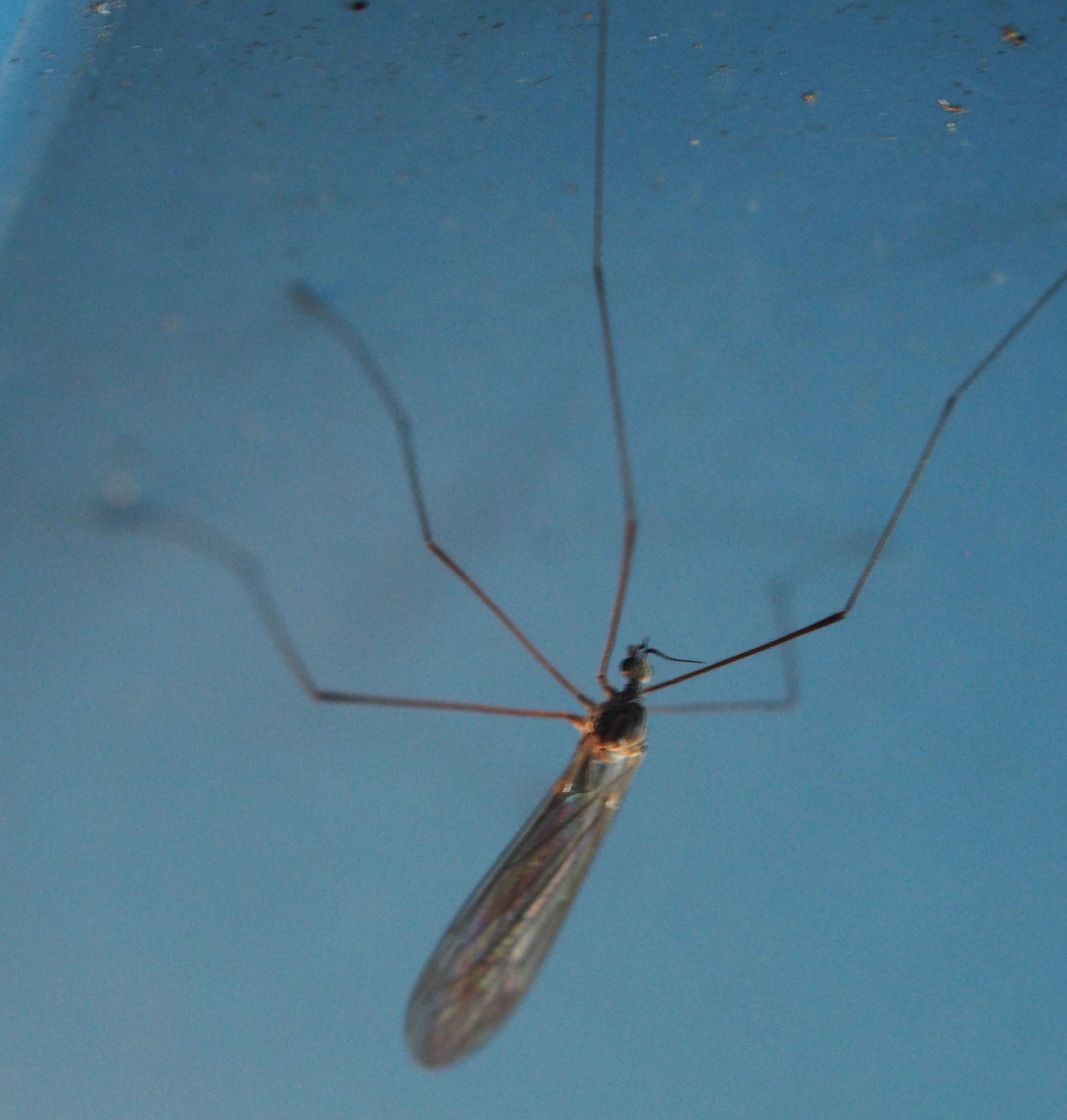
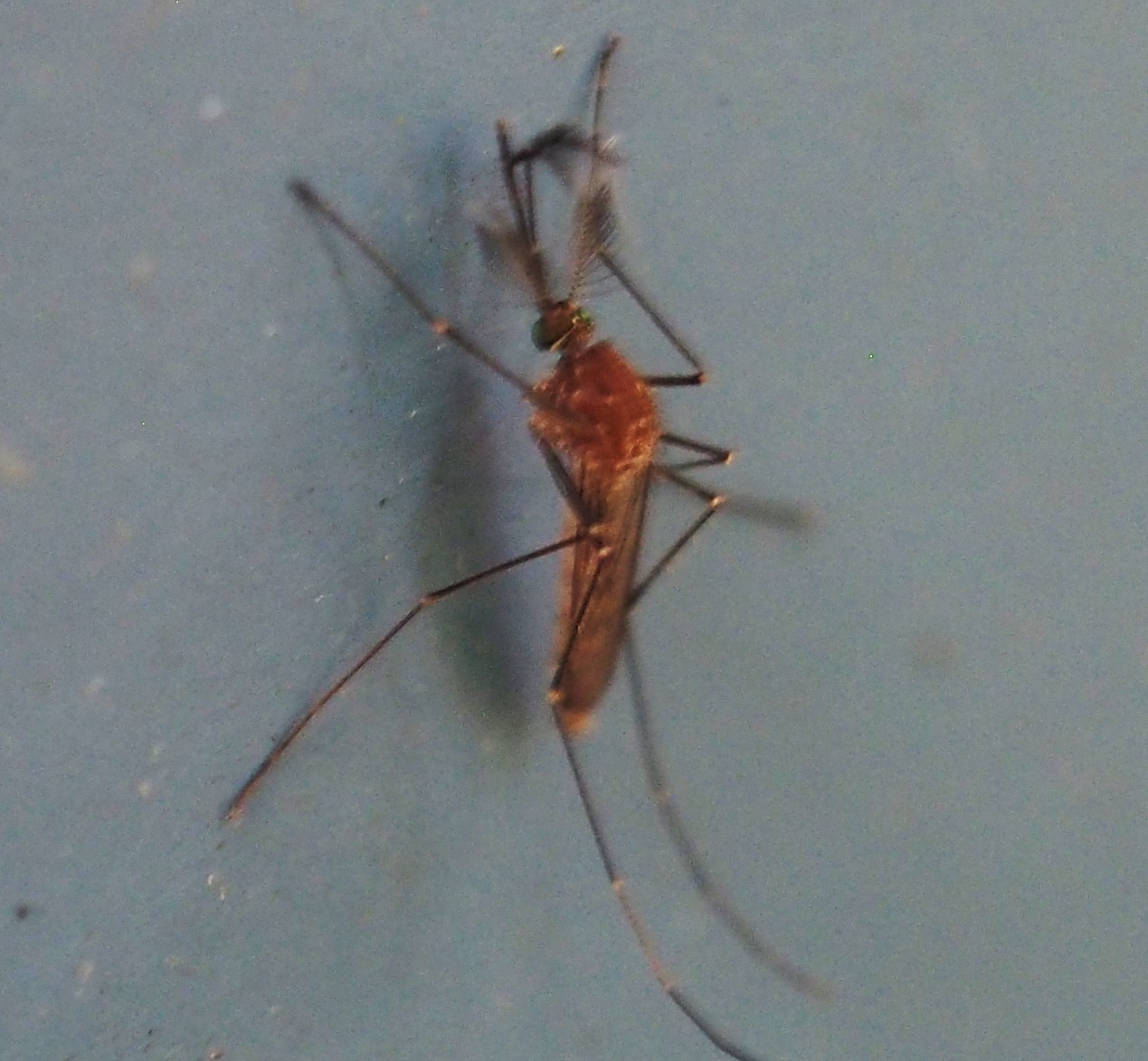
A couple more Fly candidates. I've never felt so incompetent to identify a class of animals!
Here's a very pretty little Moth, maybe the Shy Cosmet. I think we might as well start off on our Flower Walk.
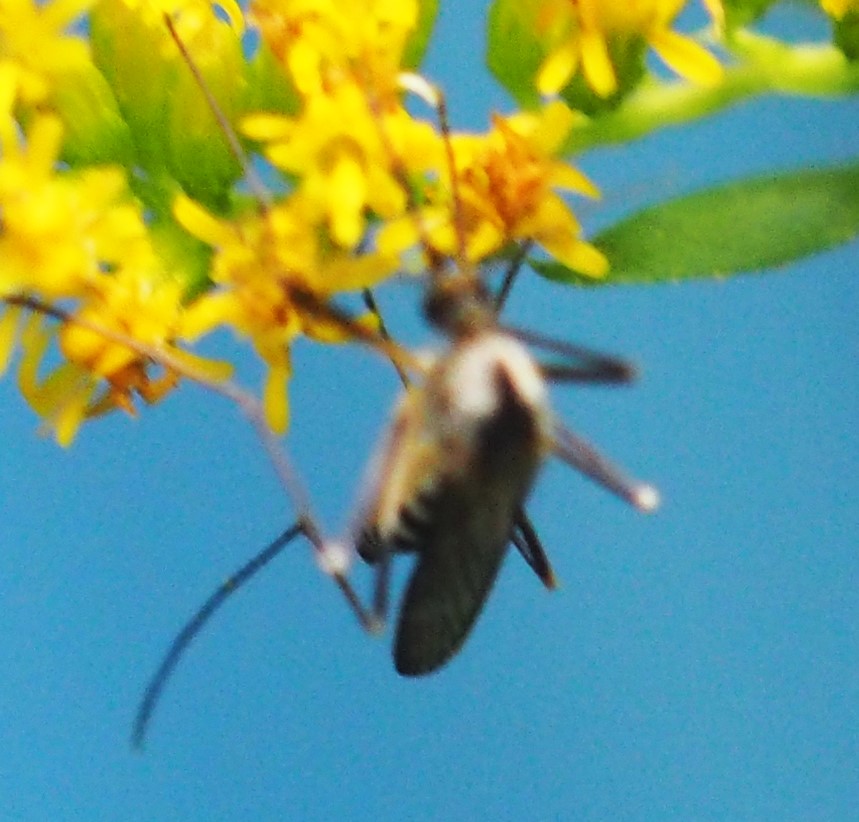

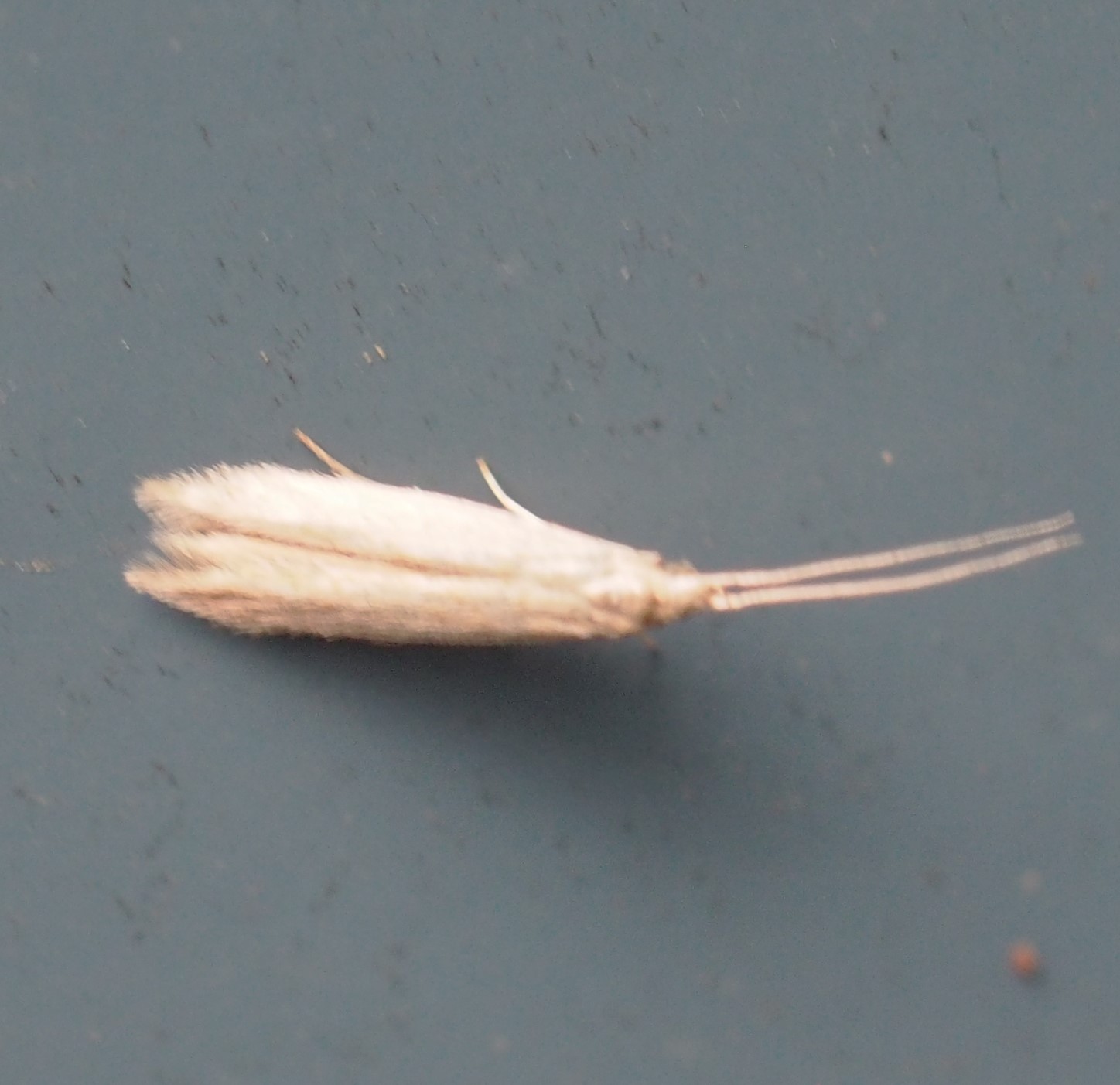
We start our Flower Walk leaving the house through a tunnel of bright pink Asters.


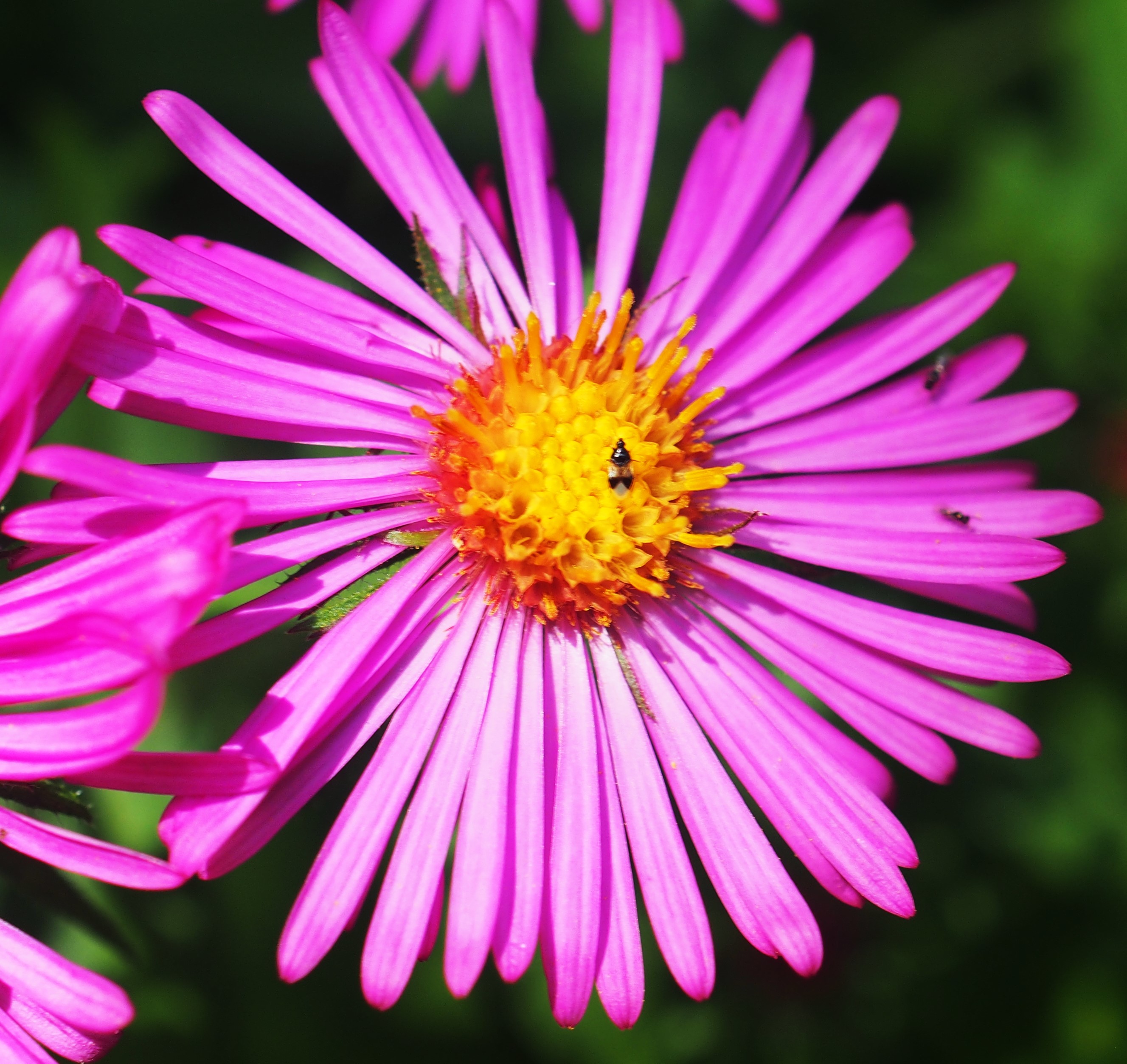
Down at ground level, we see the Colchicums are already blooming! I see Cousin Renee has moved some of the ground cover so that we can see the Colchicums better in picture 2. Colchidums are very interesting bulb plants. In the Spring the leaves come out, but no flowers. But now in the fall, here are the beautiful pink flowers! At the very end of the sidewalk the Tall Evening Primroses reach for the sky.
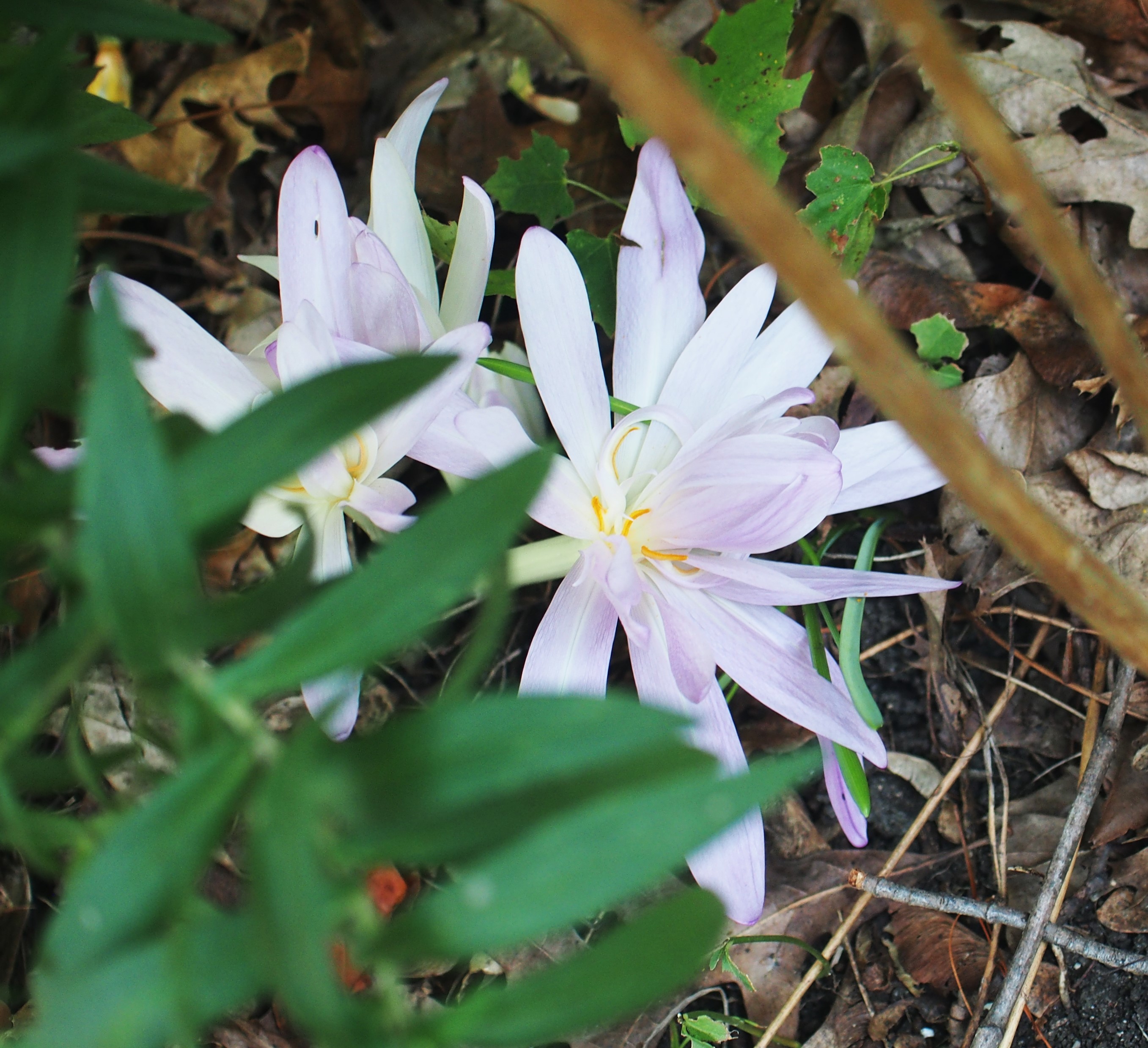
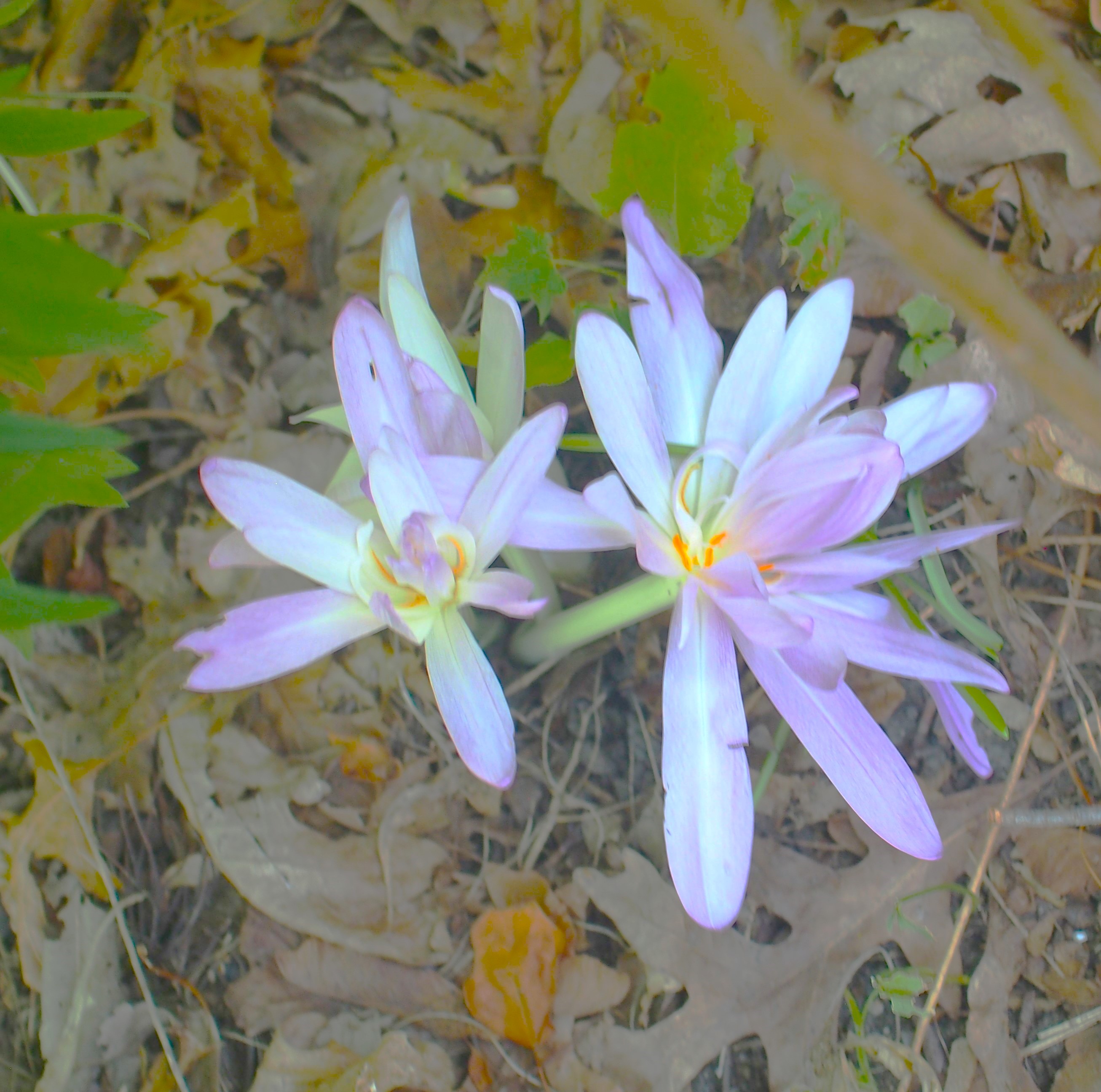
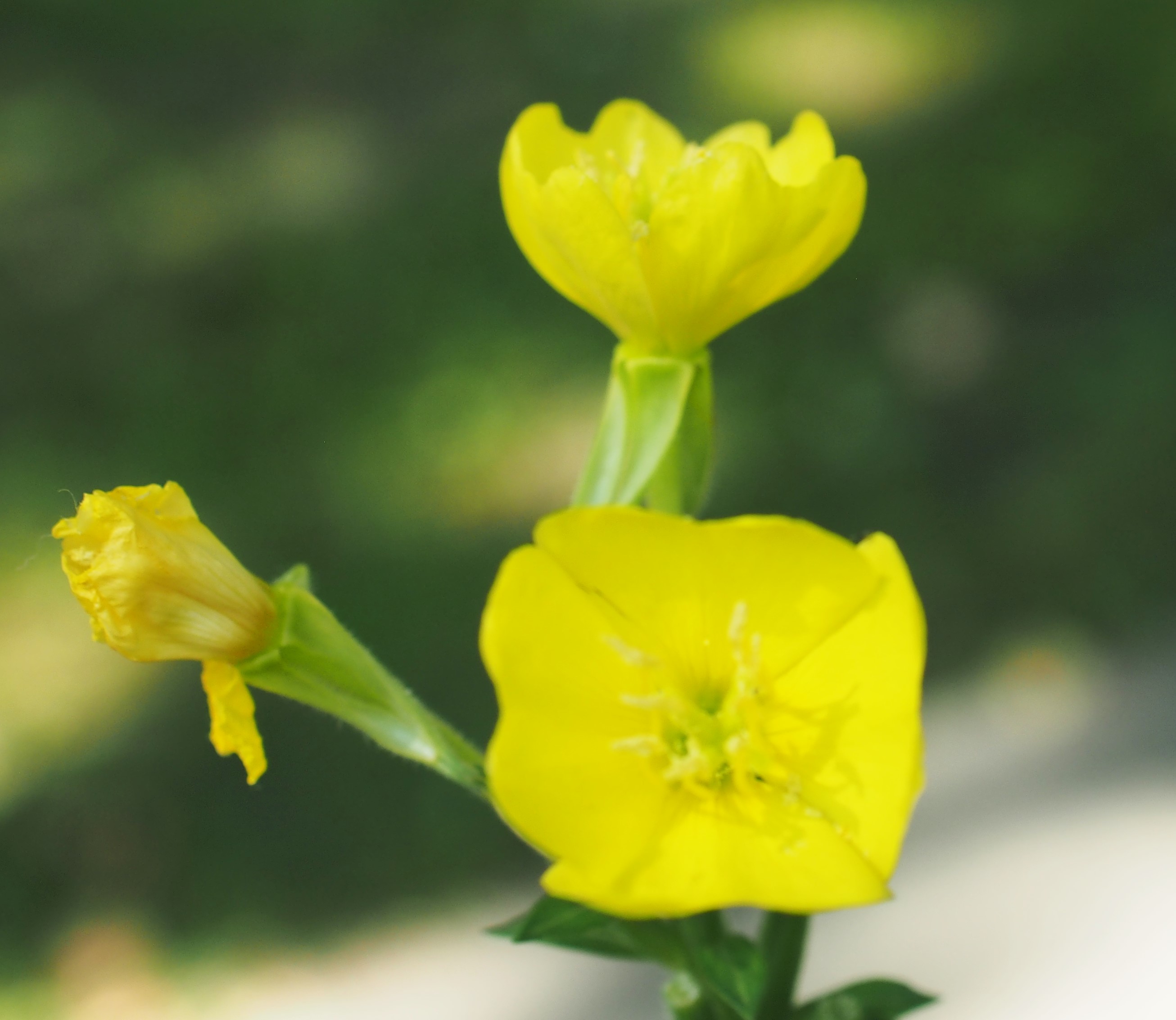
Looking down the north-facing sidewalk we see the Coral Berries with their warm rosy buds (did you think a month ago that the tiny Potter Wasp was engineering the appearance of those rosy beads?) and either Coral Berry or their relatives the Snow Berries with their leaves of delicate pink-brown, and a little more distant relative, the Honeysuckle.
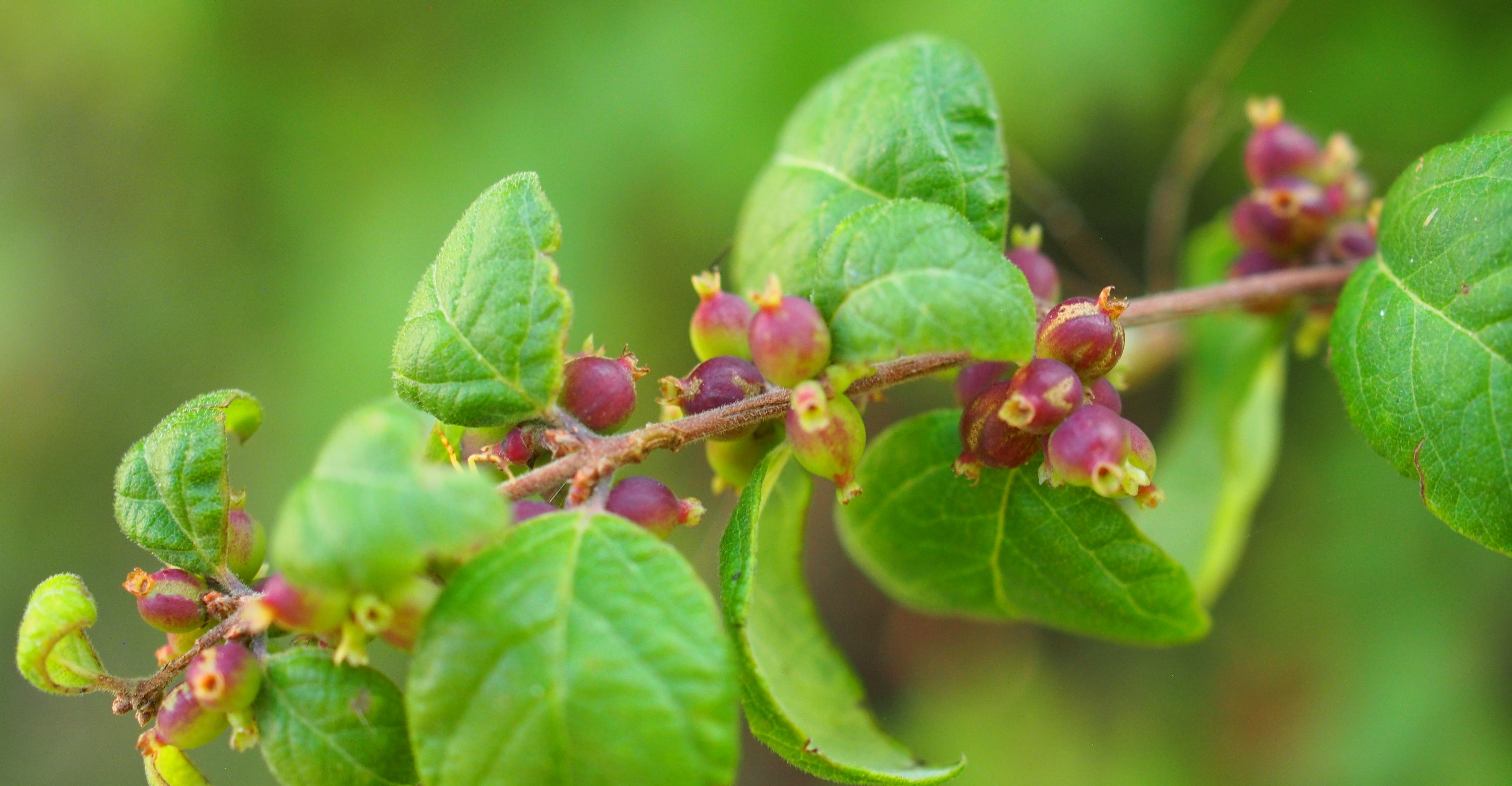
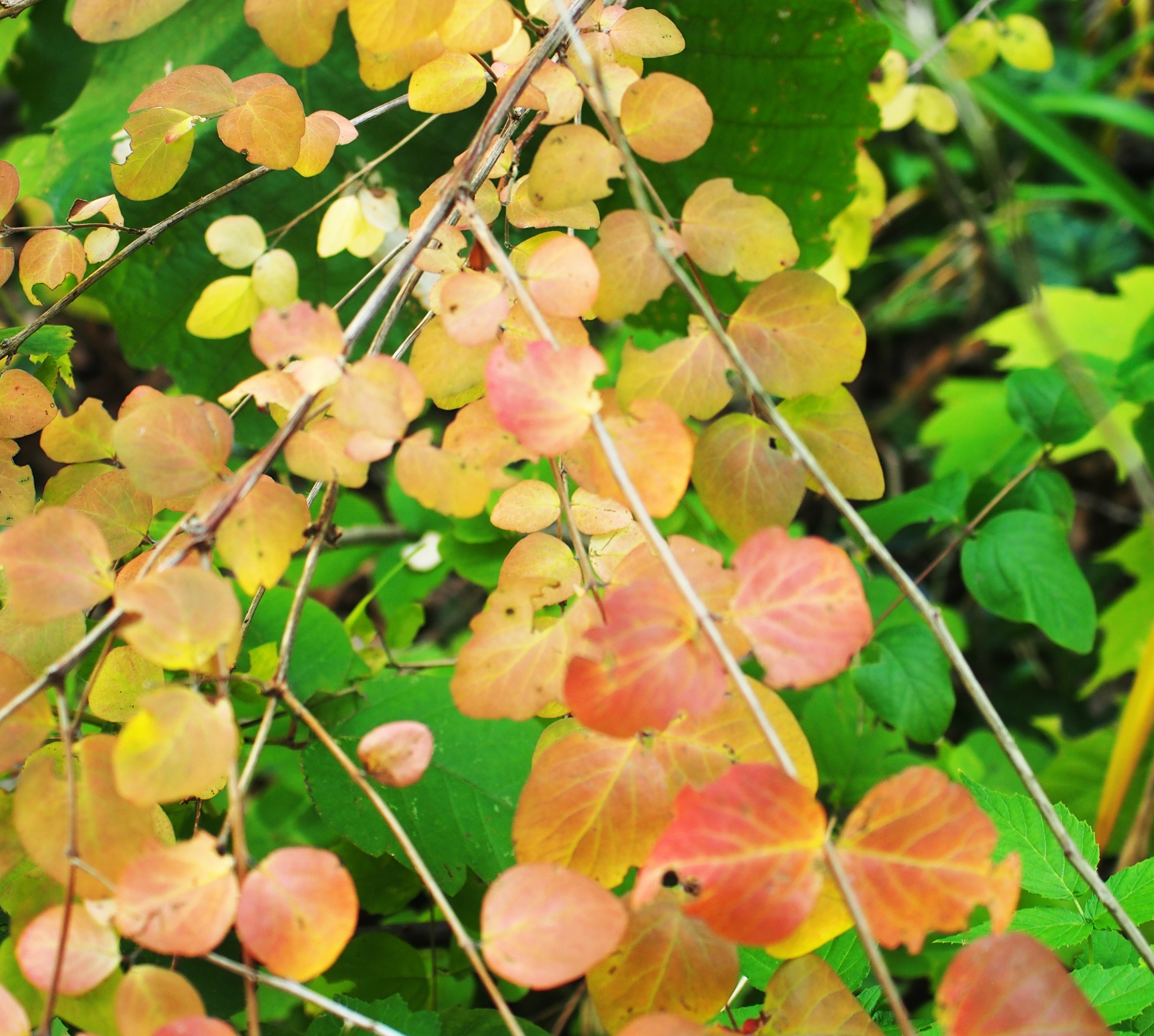

Turning out of the sidewalk and back around the ocean of Goldenrod, many colors of Asters (this purplish one with a buzzing Honey Bee) cheer us on our way through the driveway past Dark Paper Wasps, and other tiny Wasps dotting the Goldenrod. Last we see a picturesque little Fly.
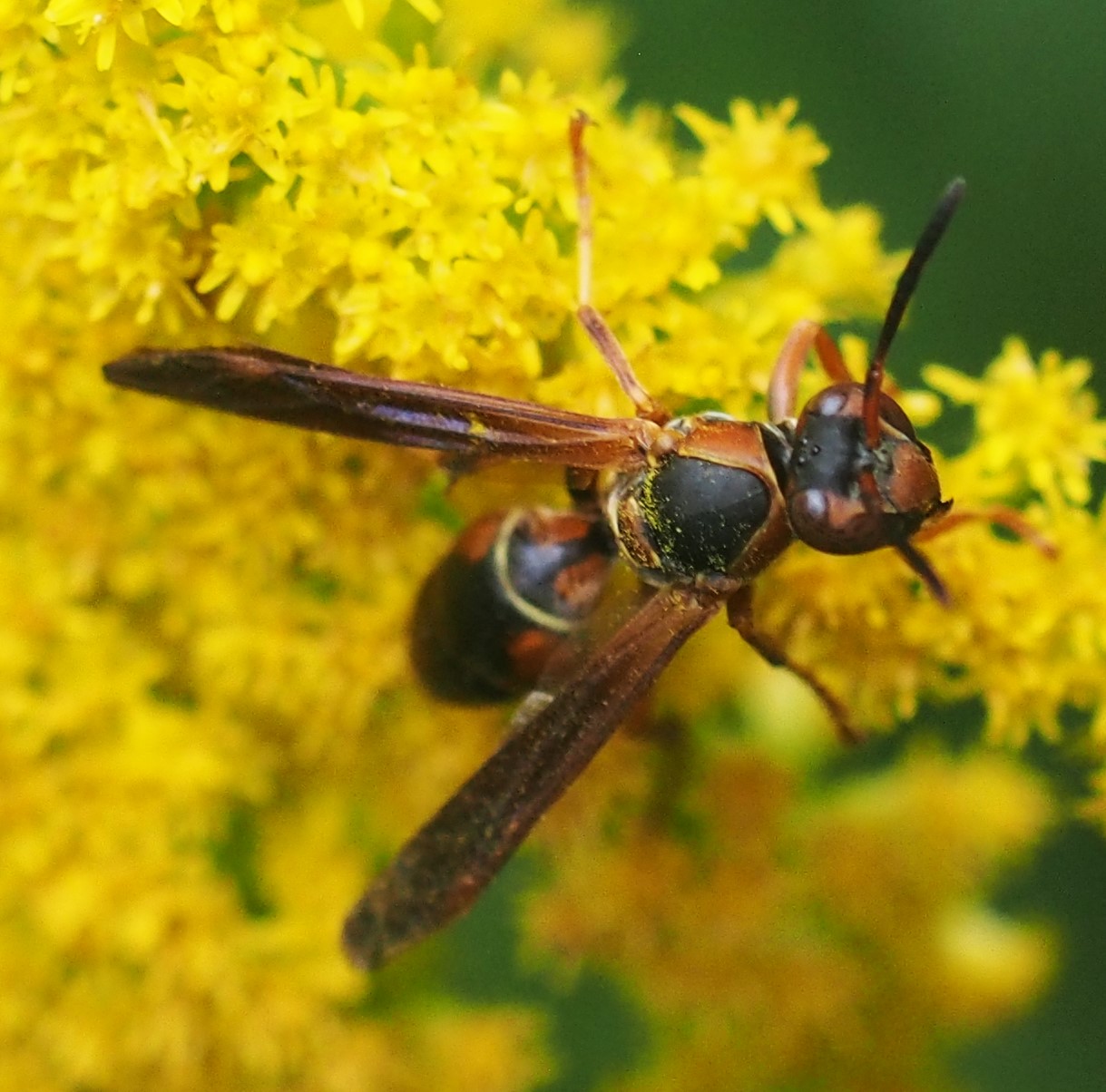
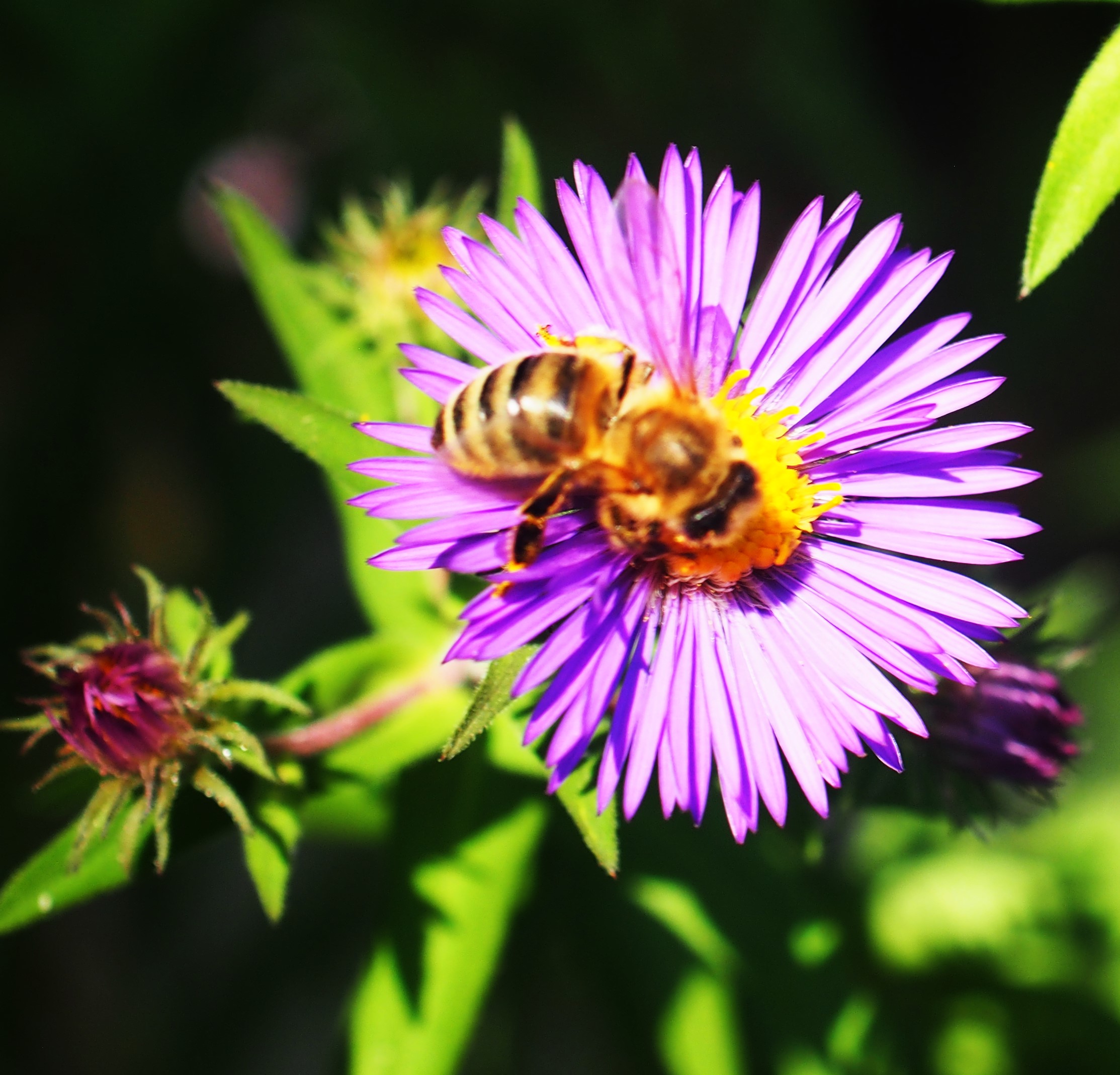

Still heading East, we pass lots of Goldenrod, and suddenly, right in front of the Gate, we find ourselves facing the lovely Japanese Anemone. My friend Kathleen Seidl tells me these are a kind of pesky plant that want to take over the whole yard. Mine, of course, are just lovely, even (or maybe especially) the round buds.
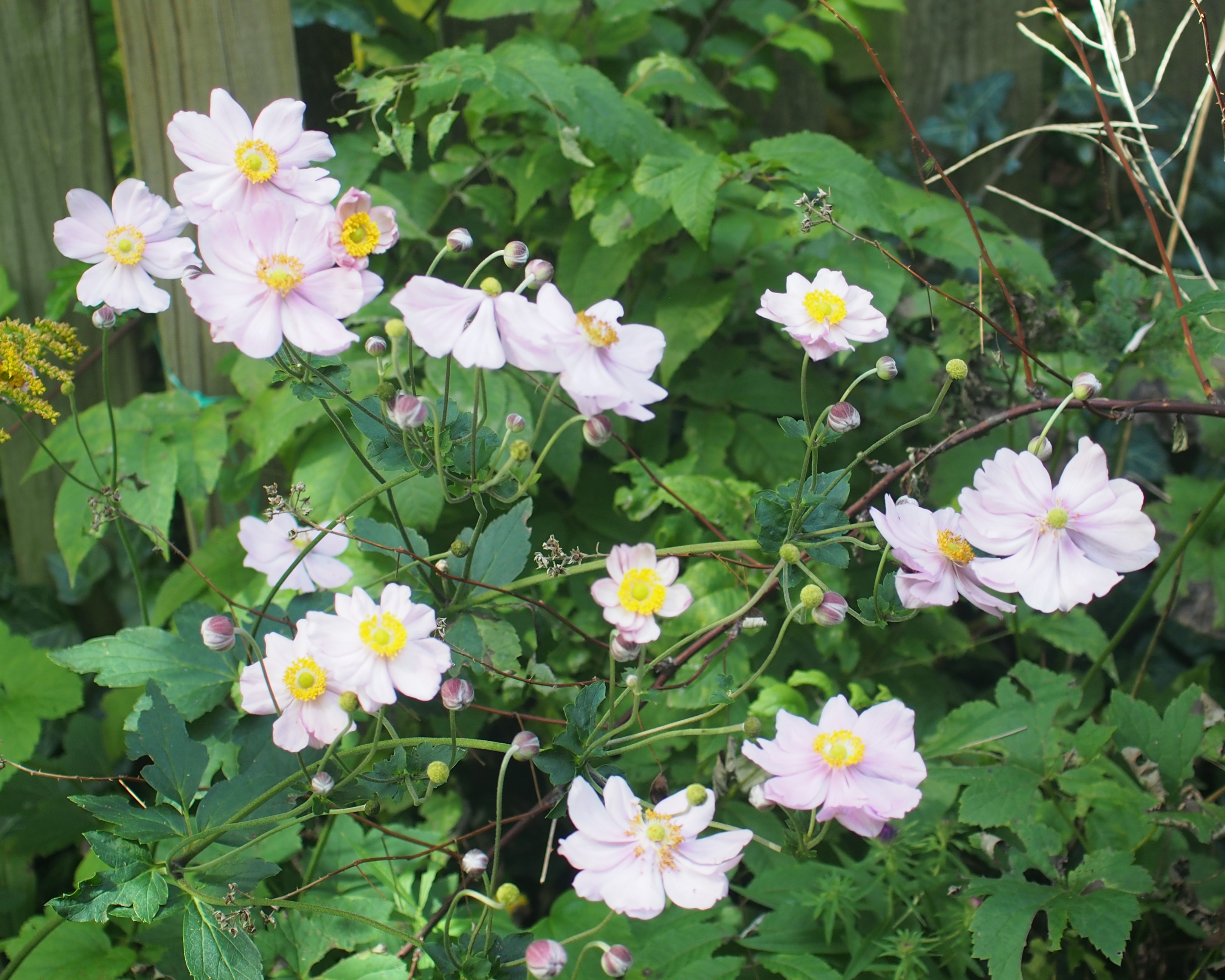
We step through the gate, and see the wild Phlox, still blooming after all this summer. Not too far away is the cultivated Phlox shown here at two different ambient lightings (pictures 2 and 3).
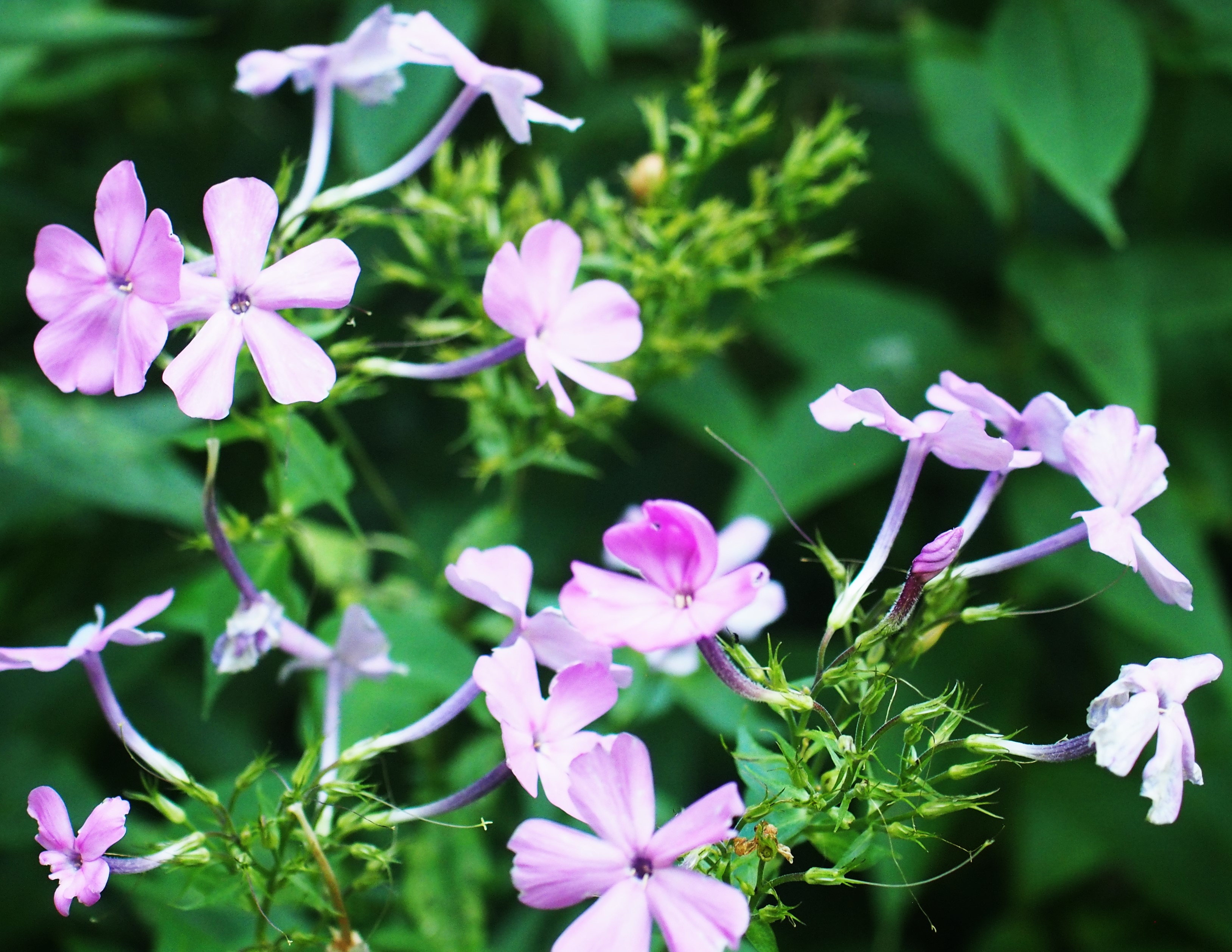
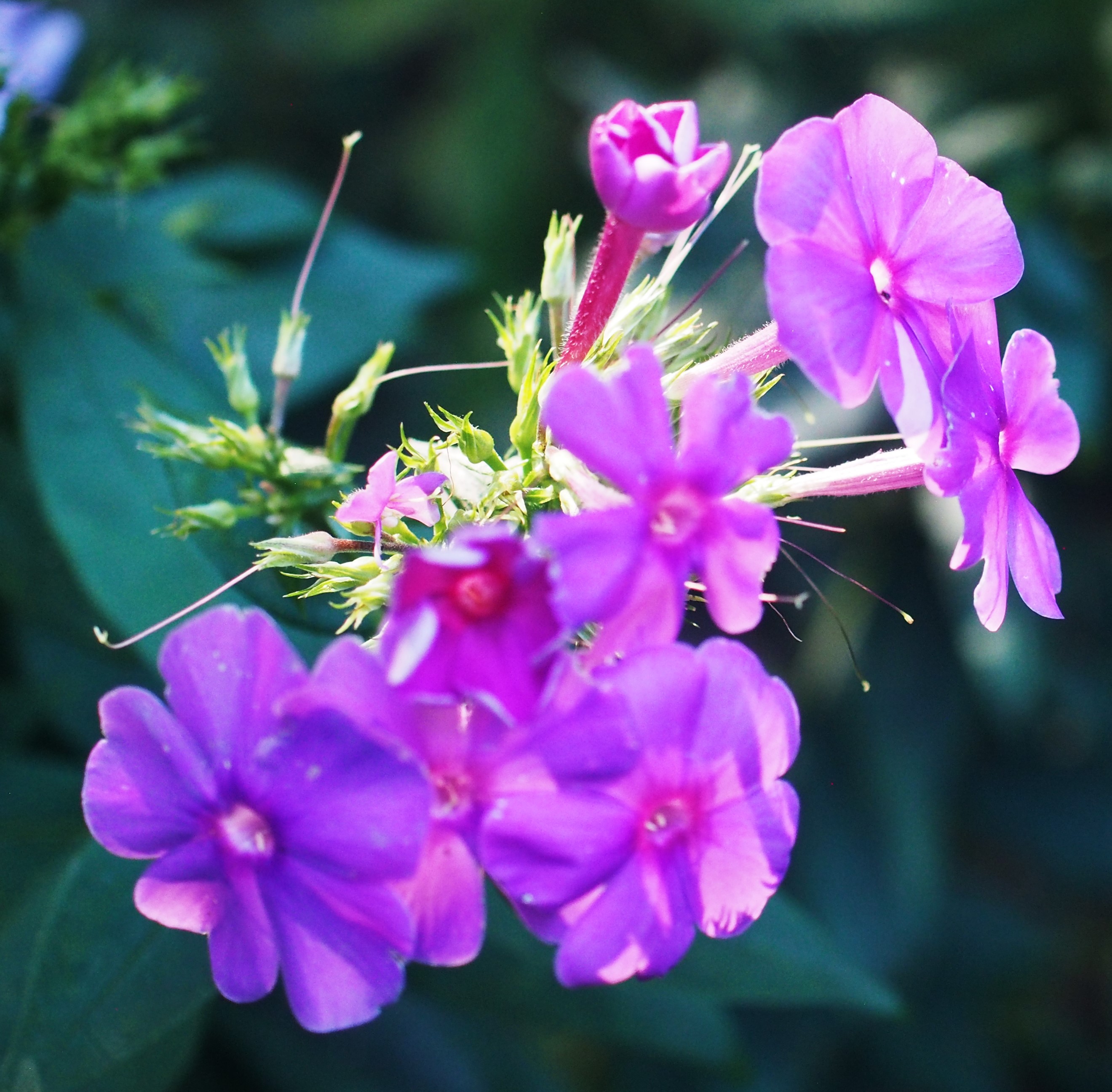
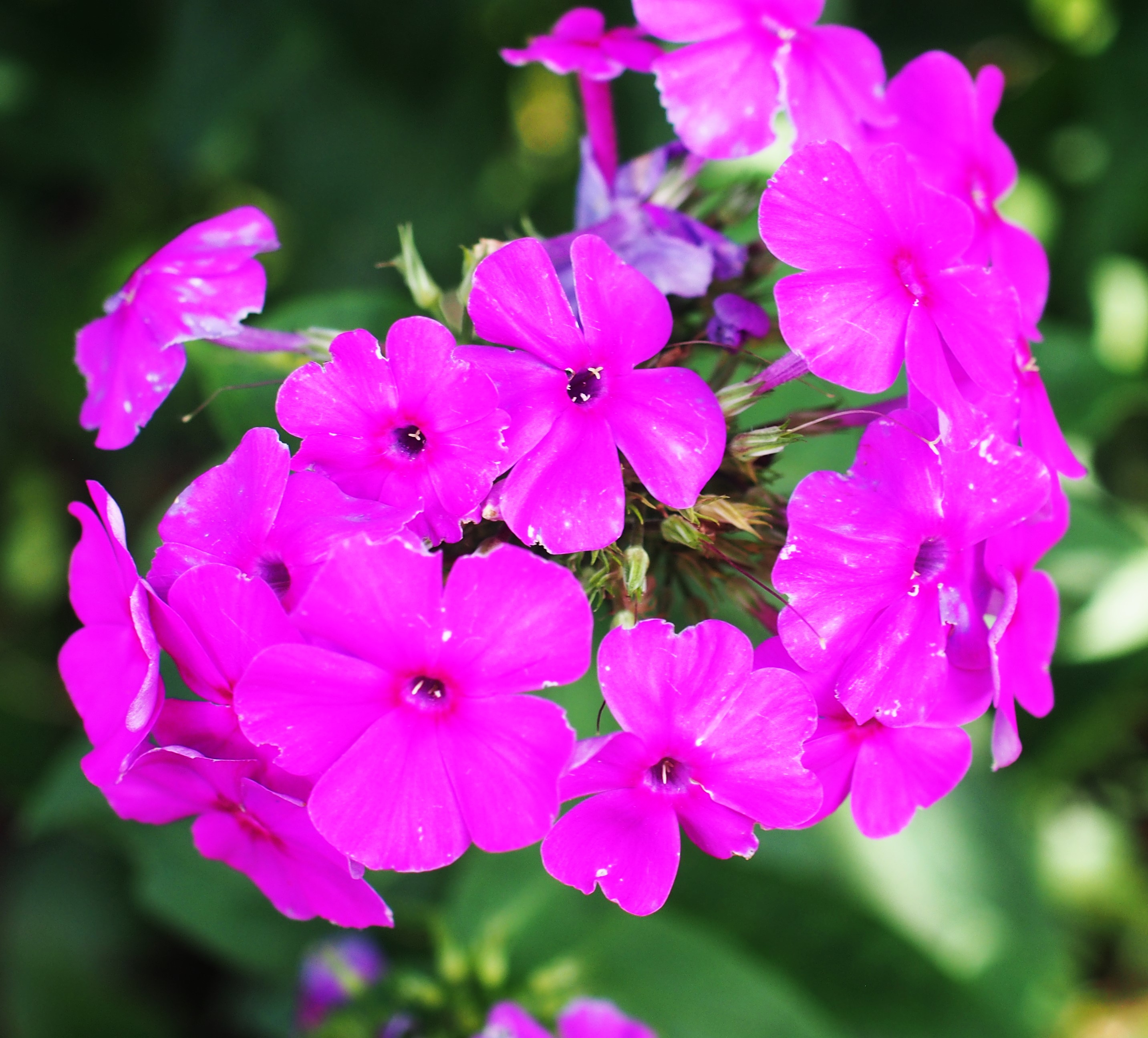
Now we're back in the back yard, where we see the back yard Colchicums. Look how the color changes with time of day.
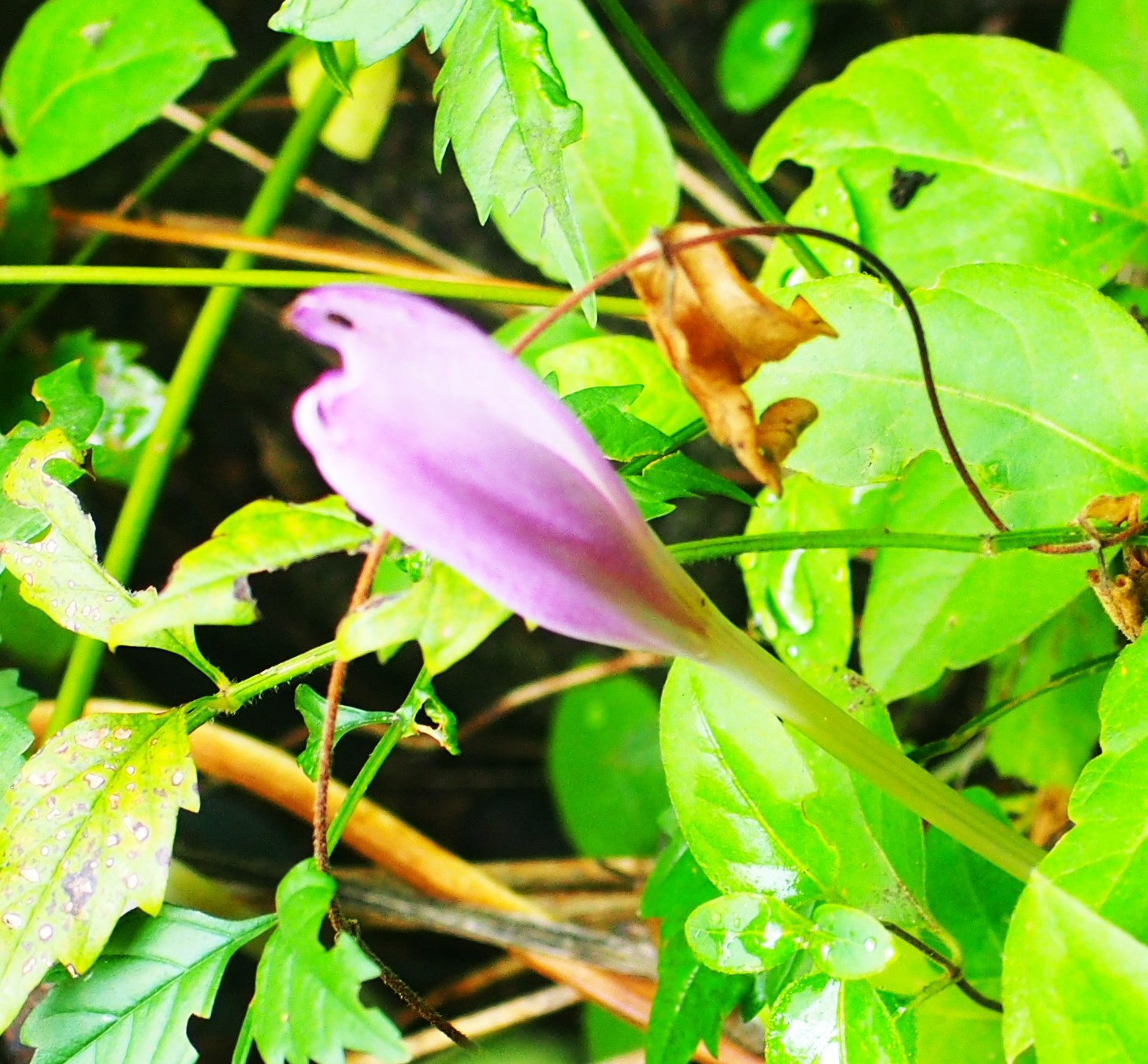
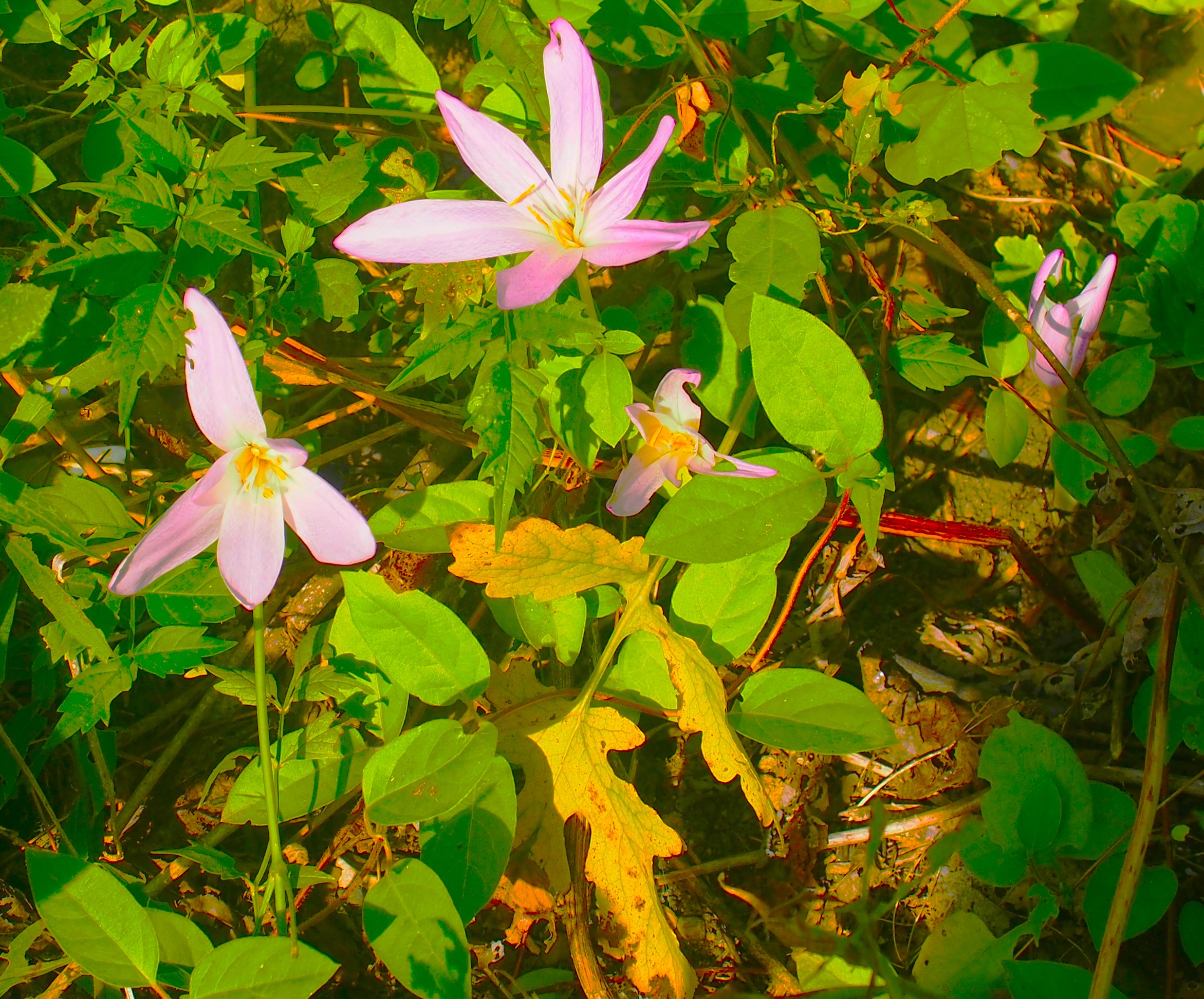
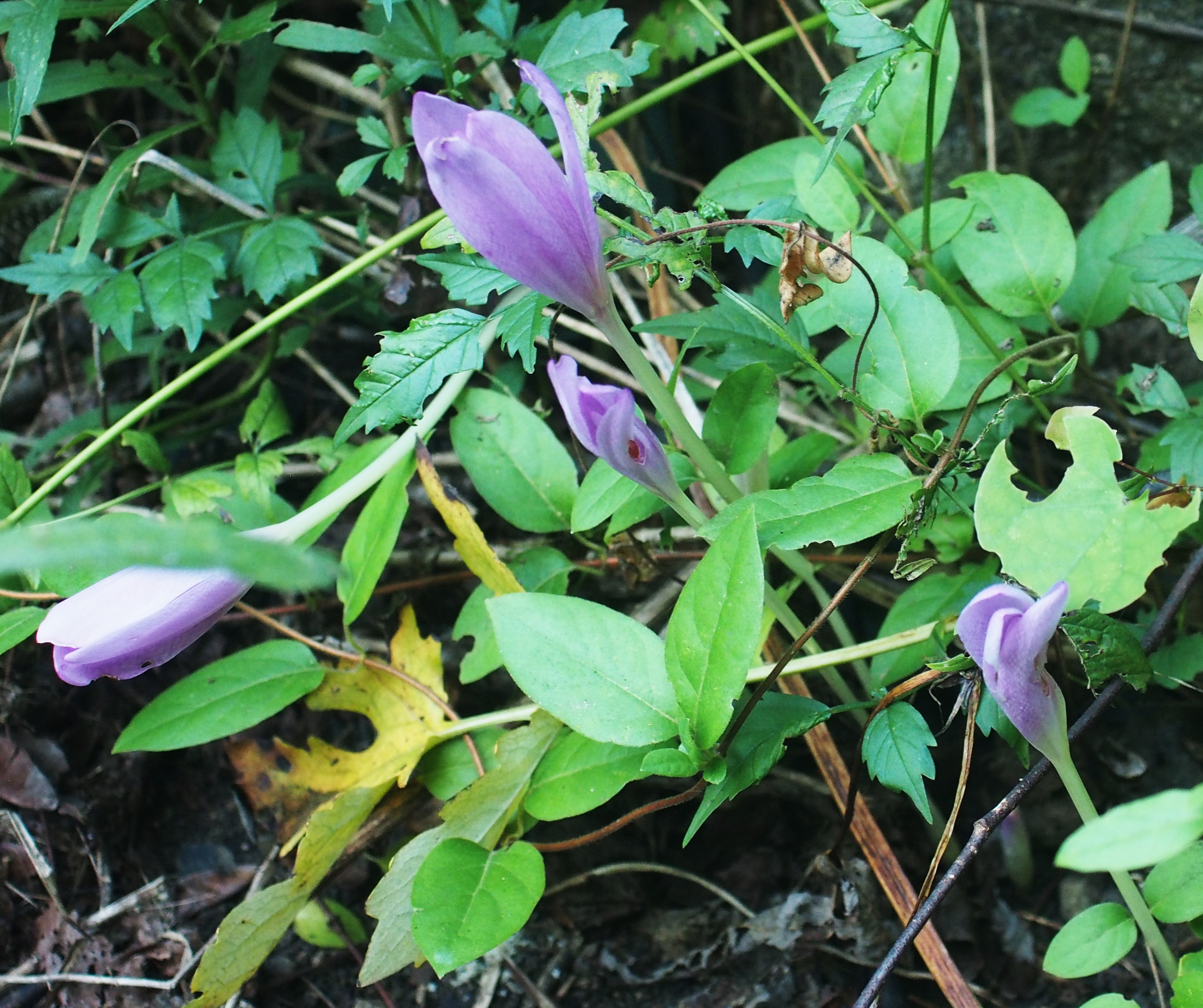
At the end of the pond, we see a Lily bud hoping to bloom soon if Rocky will let it. And right by the pond, here are the Asiatic Dayflowers. This tiny plant is only about a foot high, but the flowers are amazingly blue.
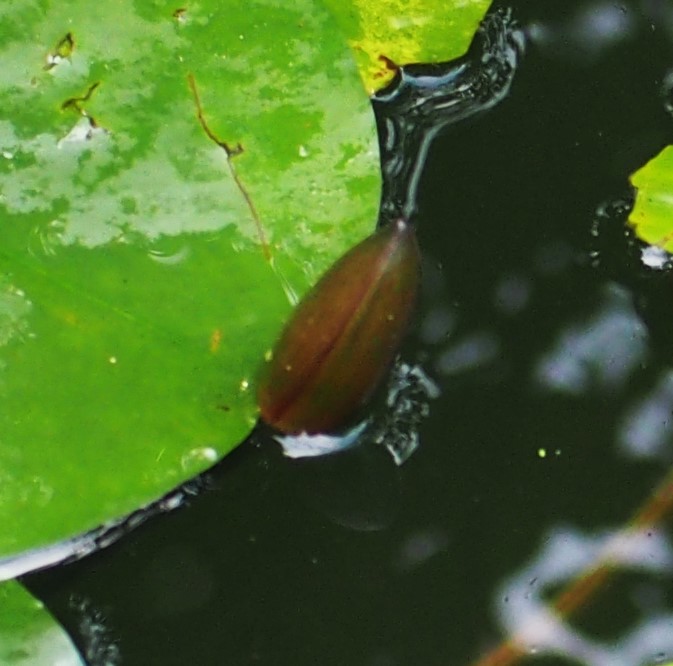
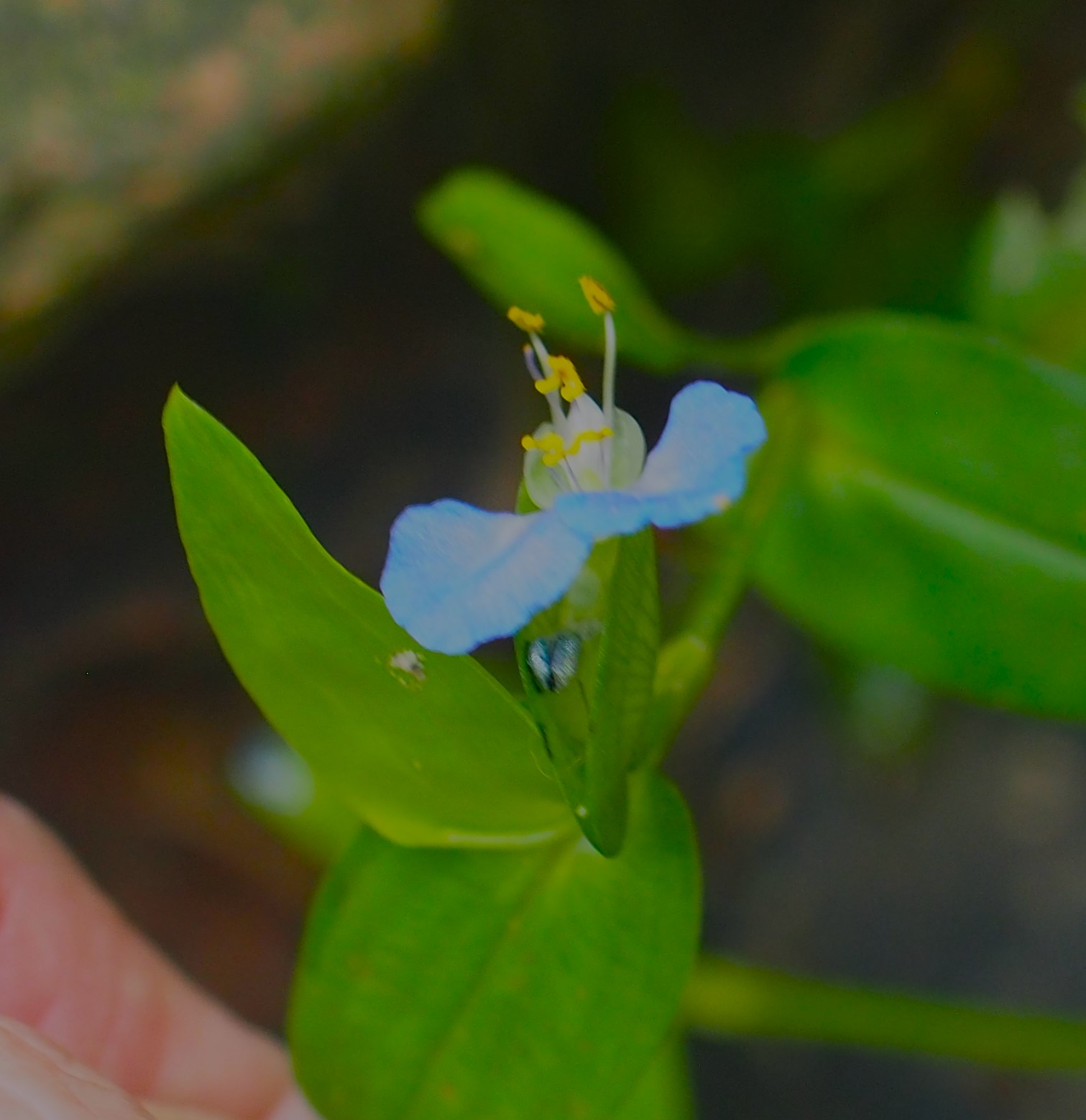
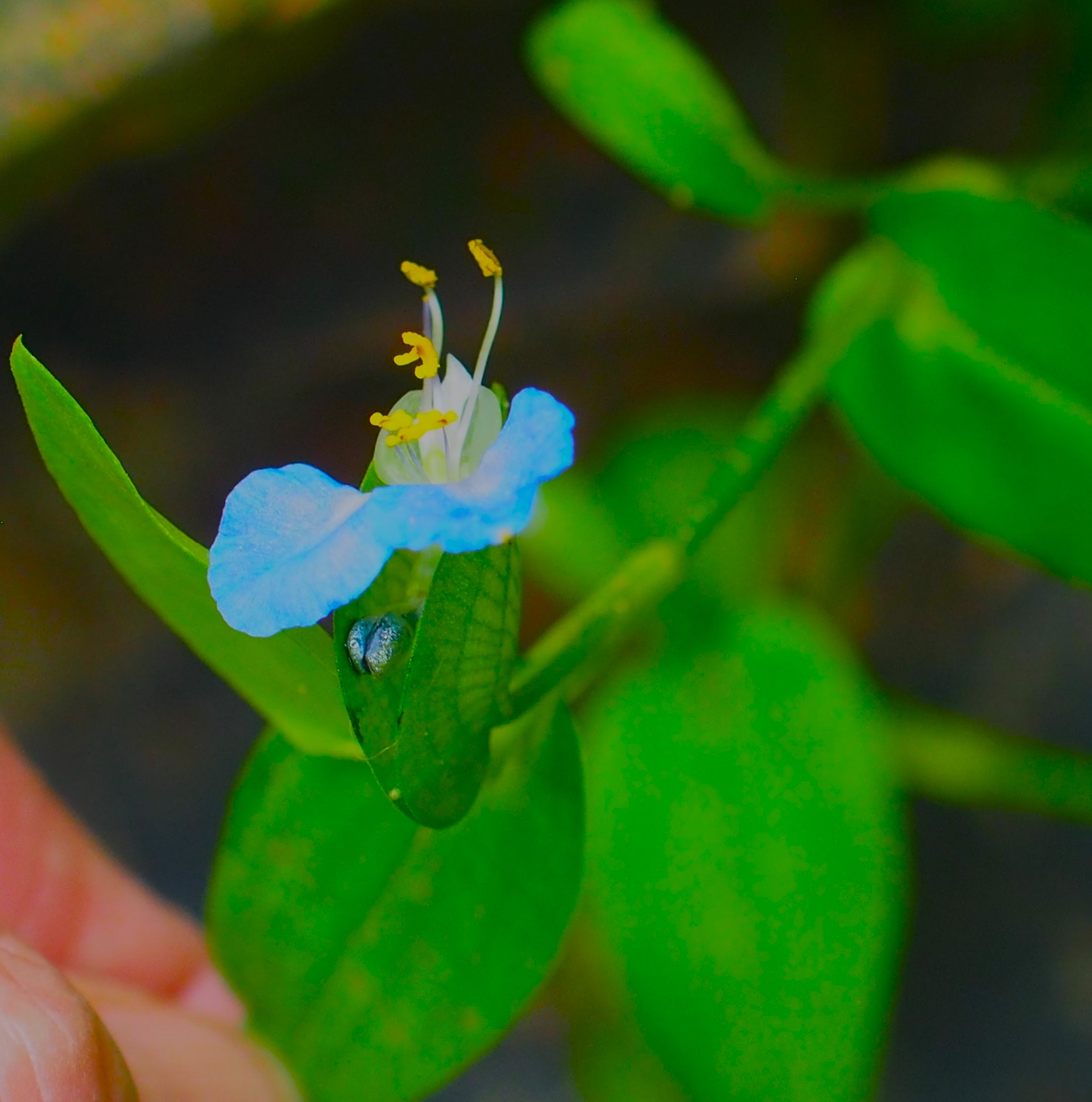
Now that we're done with our Flower Walk, let's see what kind of Spiders have been lurking in our garden. First, a Cellar Spider. Then a Common House Spider. And finally, a Cobweb Spider.
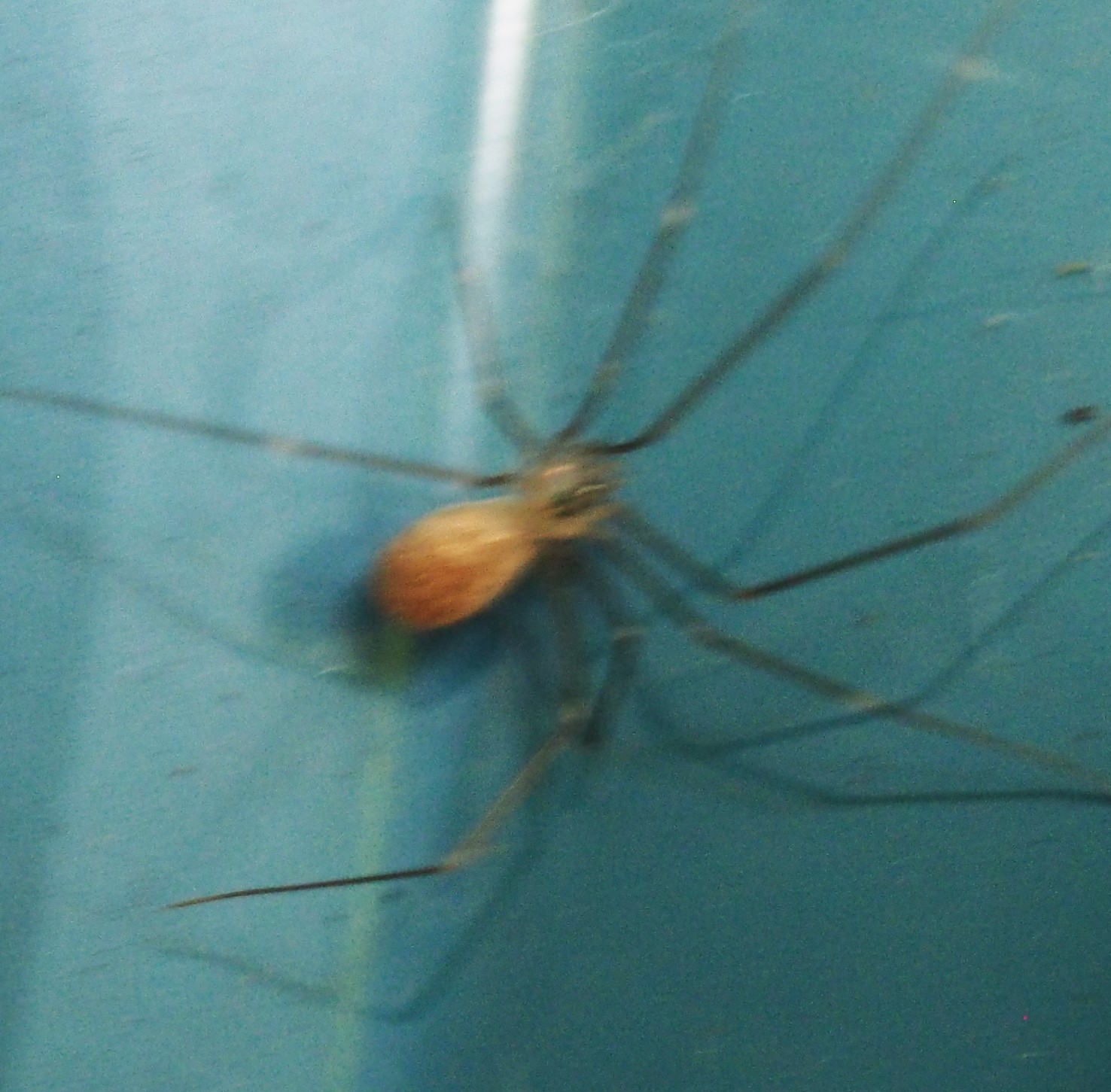
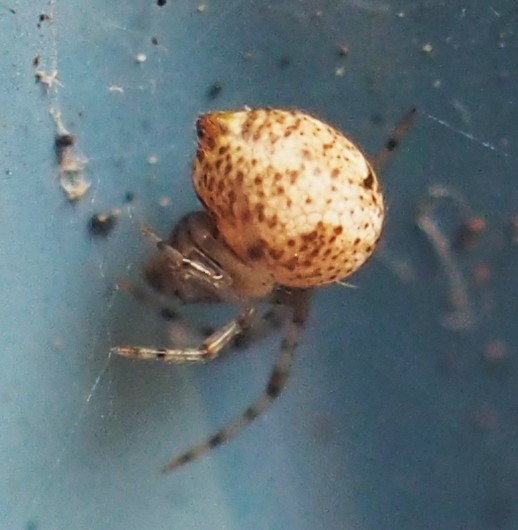
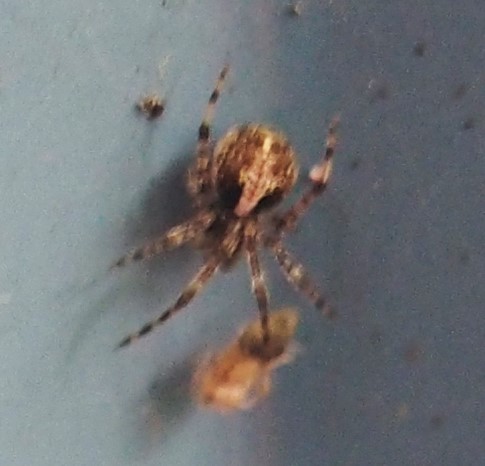
Here are a few shots of the tiny yellow Northern Crab Spider. In picture 2, note a fairly frequent phenomenon - the little human face on the spider's back.
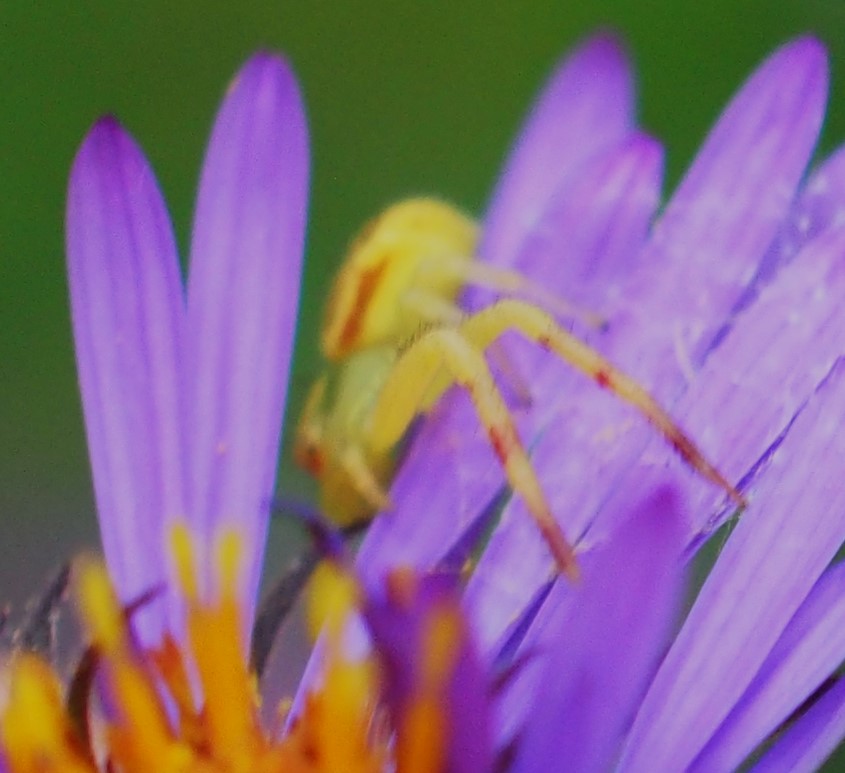
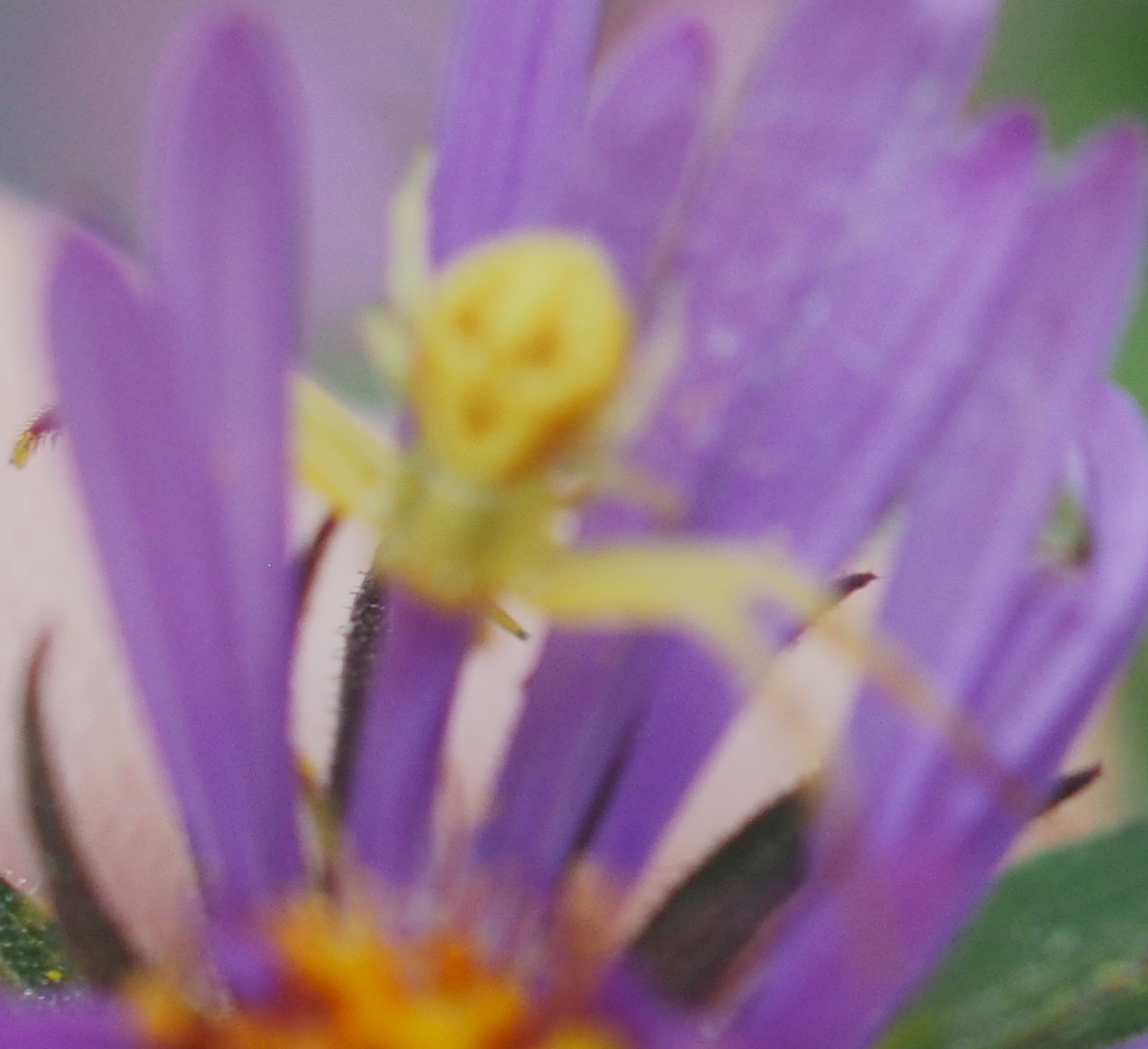
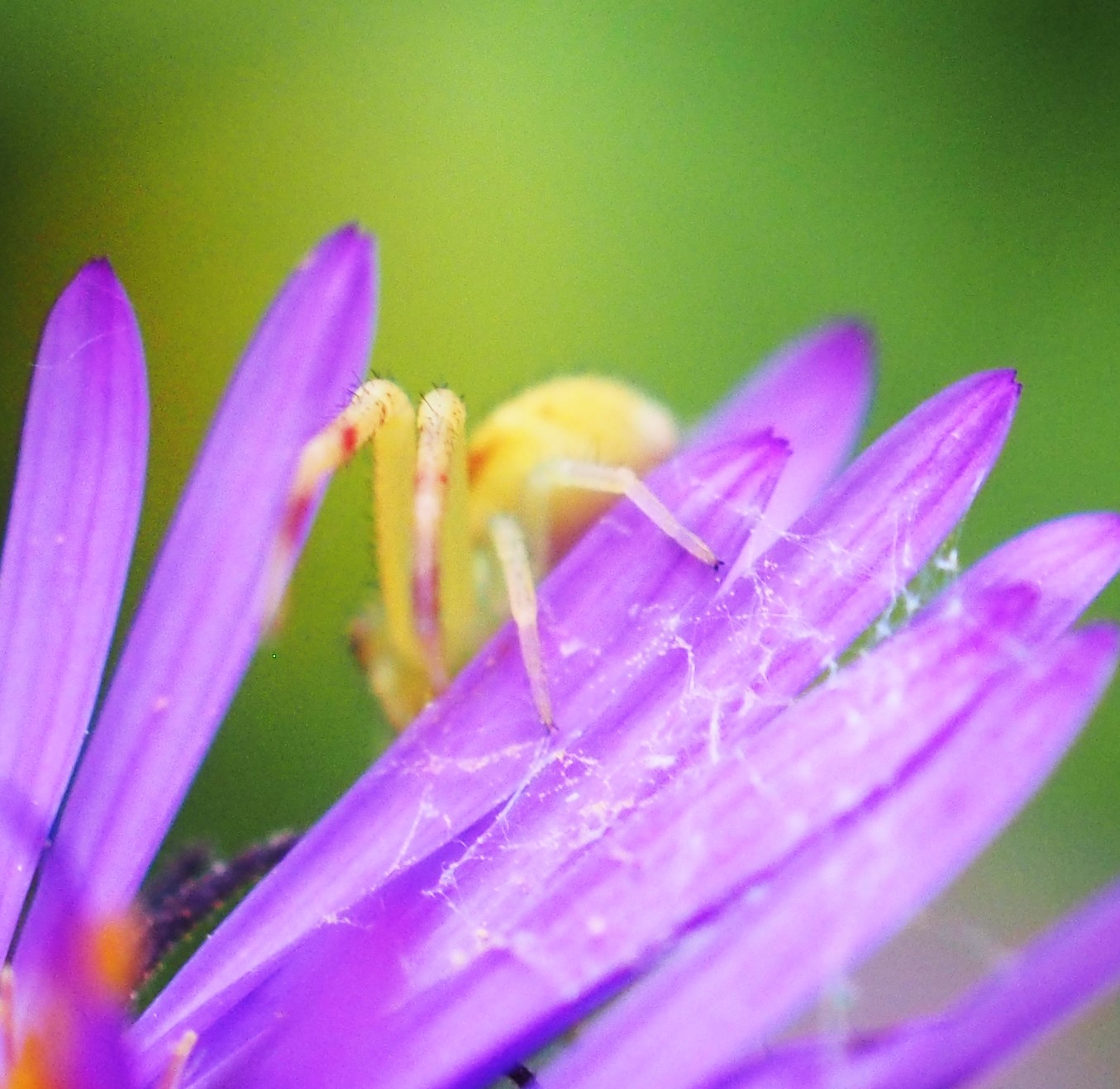

Here are a few more kinds of tiny yellow Crab Spiders, but probably not a Northern Crab Spider. Third is a Grass Spider, and fourth is probably a Jumping Spider (see the huge forward-looking eyes?).

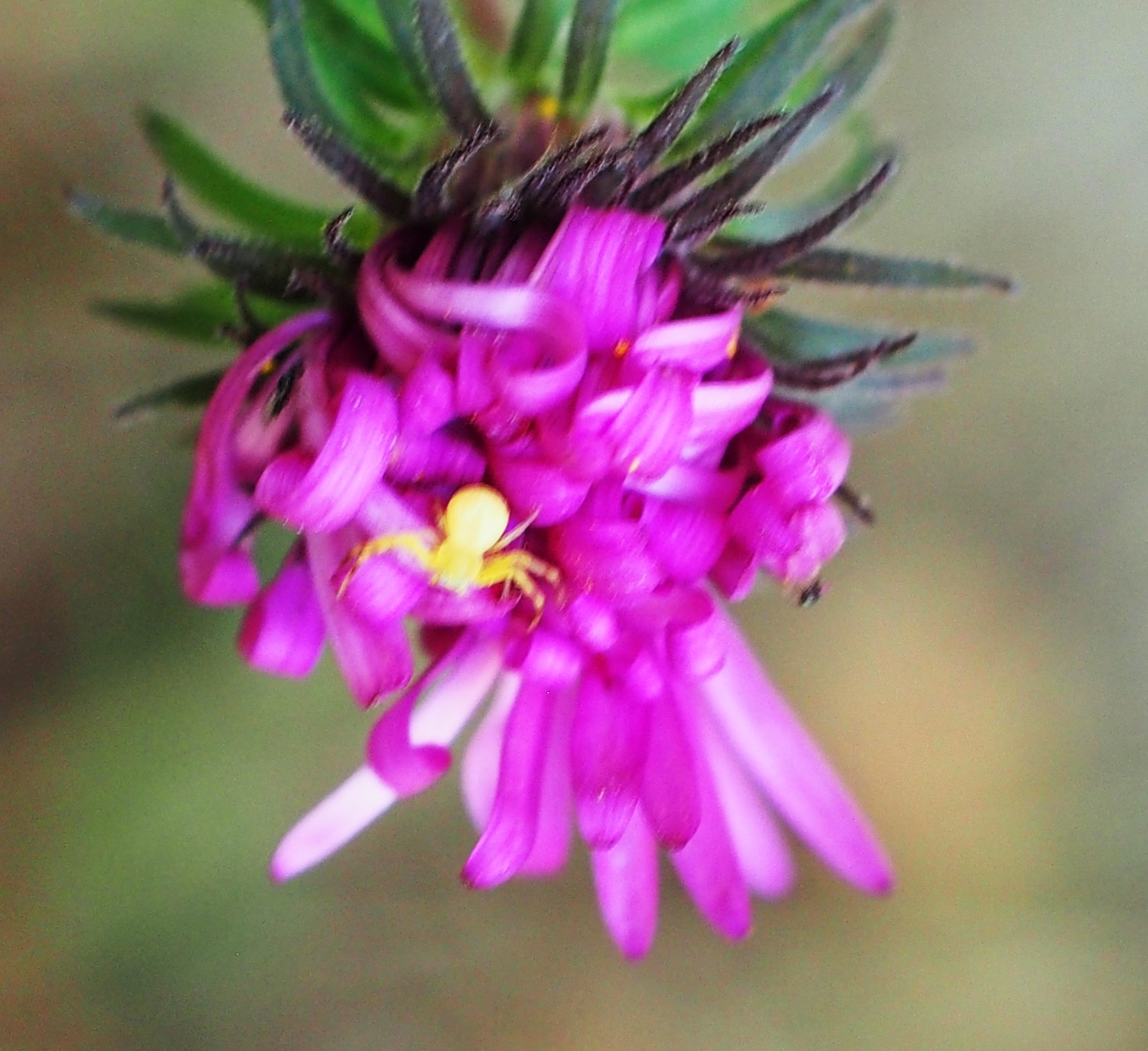
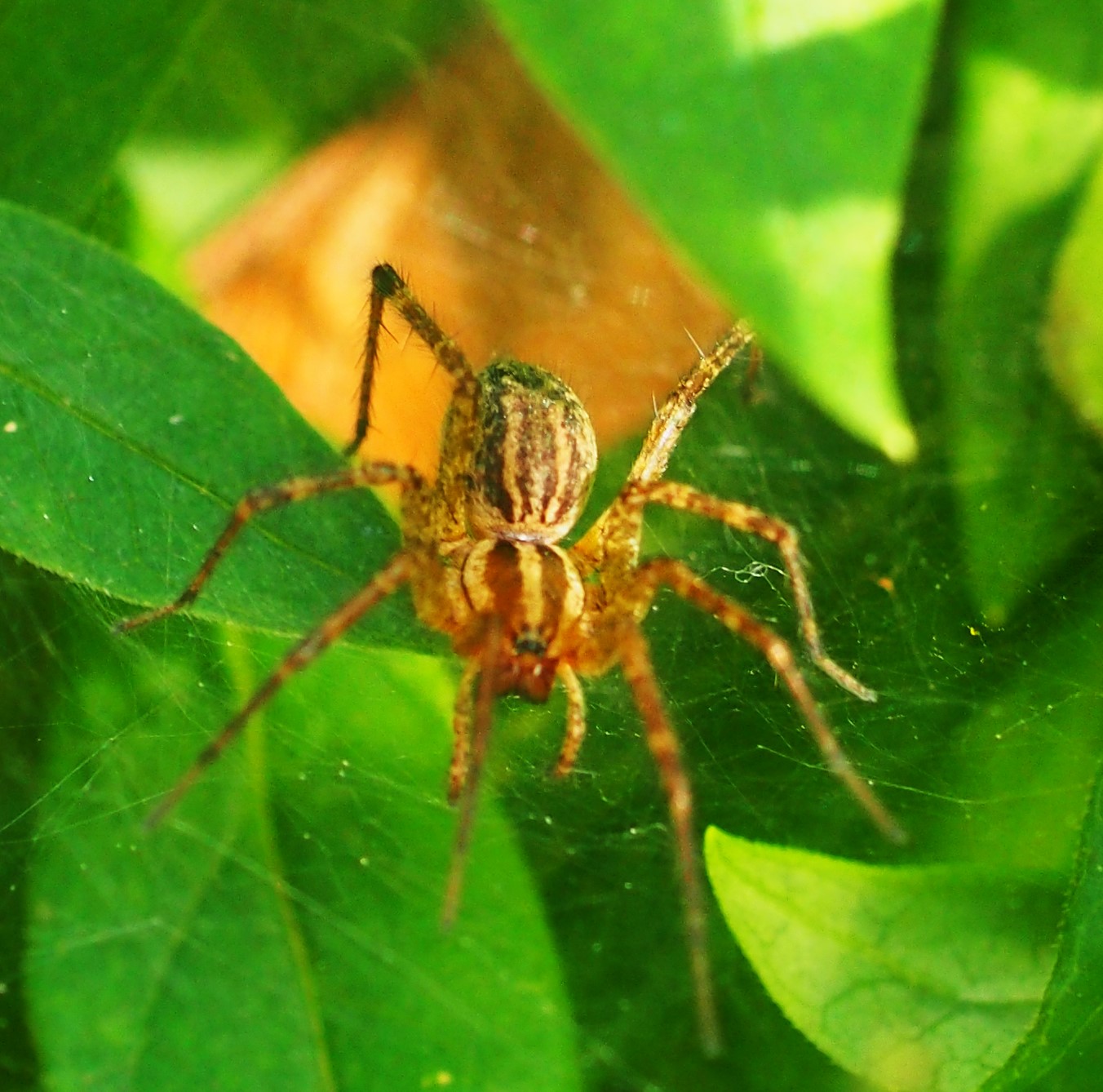
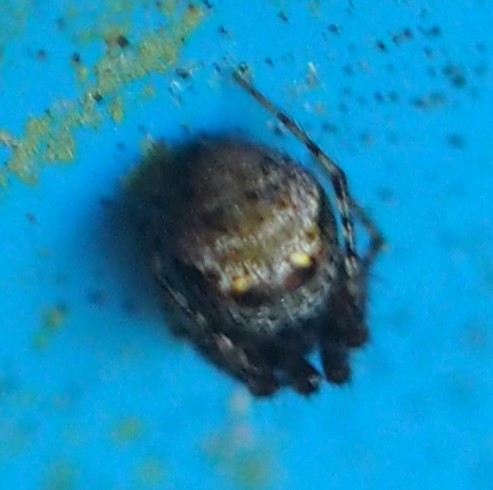
Let's see the Frogs and Fishes now. First, remember that in adult Green Frogs (the only kind I have in this yard) you can usually get the sex of the frog by comparing the size of the eye to that of the eardrum. If they are about the same size, you have a female Frog. If the eardrum is much larger than the eye, it's a male. So here we most likely have a male, a female, and (Tonguey, the one with hanging tongue) a male.

.jpg)
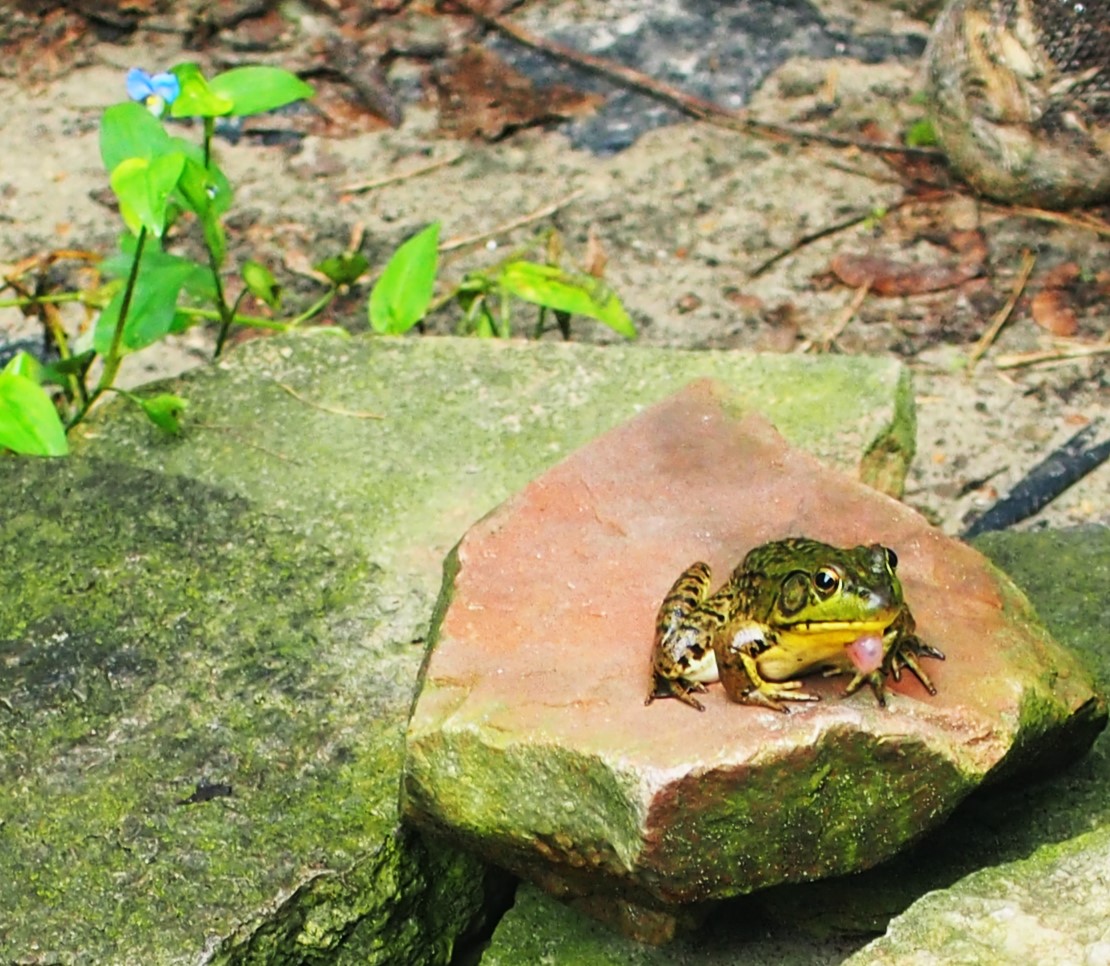
Besides these male and female Adult Frogs, we have size as a way to distinguish Frogs from each other. A month or so ago, I began to see some very tiny Froglets (at least two of them) - they might or might not be children of the already existing adult Frogs, and I think in a week or two I might be able to distinguish their sexes. This week I have also been looking back to last year's fall pictures, and in particular have been noticing last year's Tinies (picture 3). It really is déjà vu all over again.
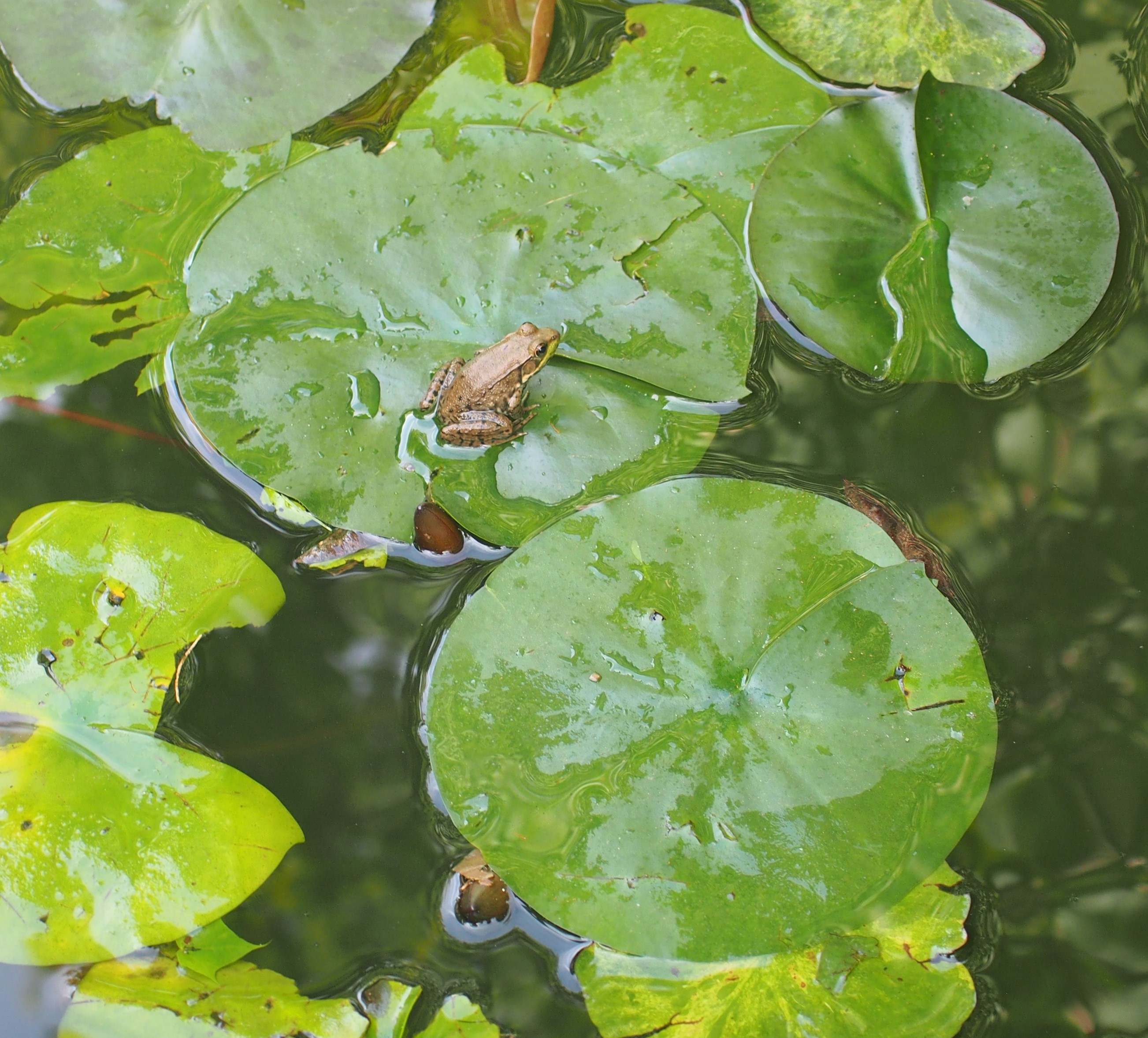

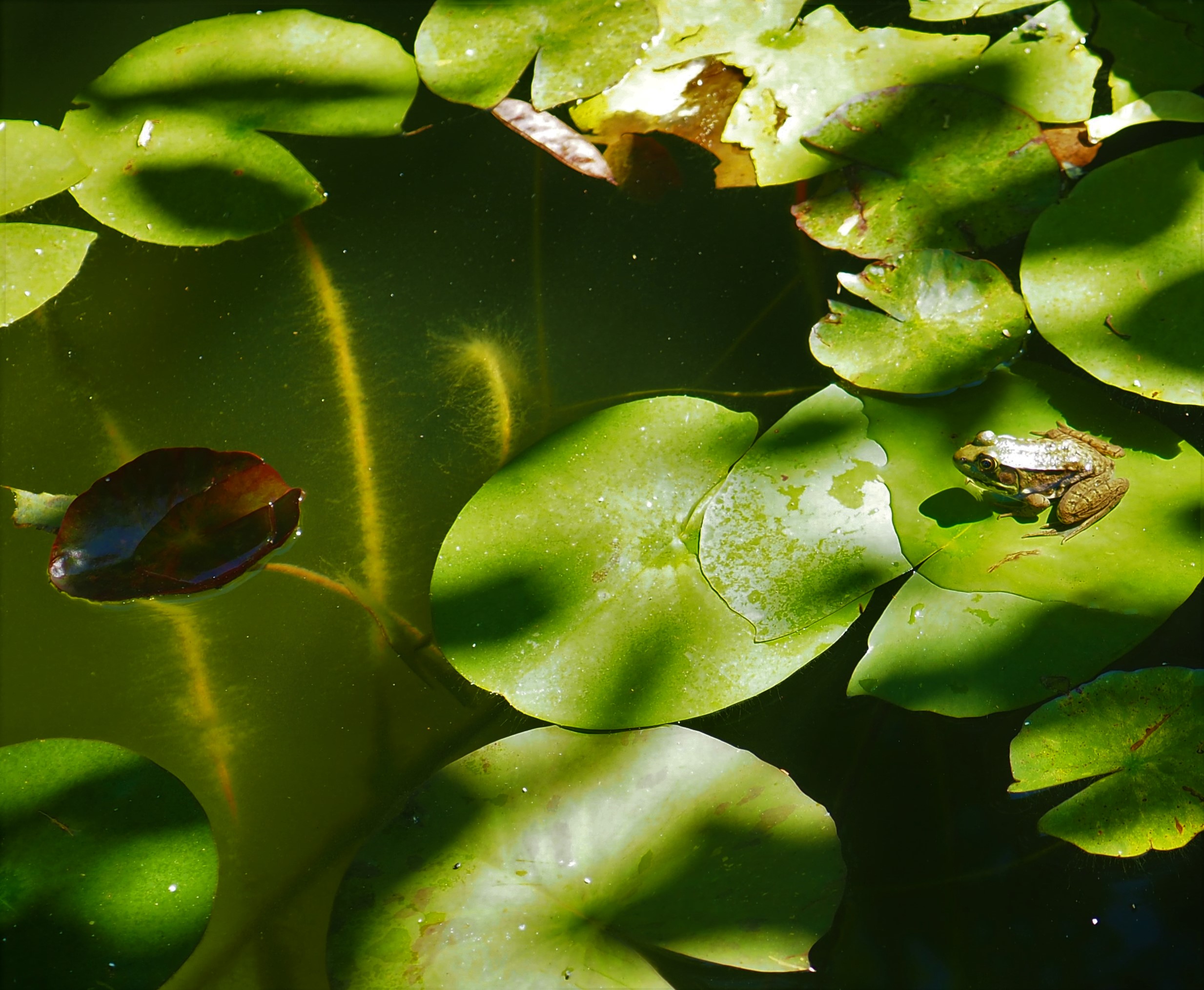
Here we see a tiny one and two large Frogs, both males.
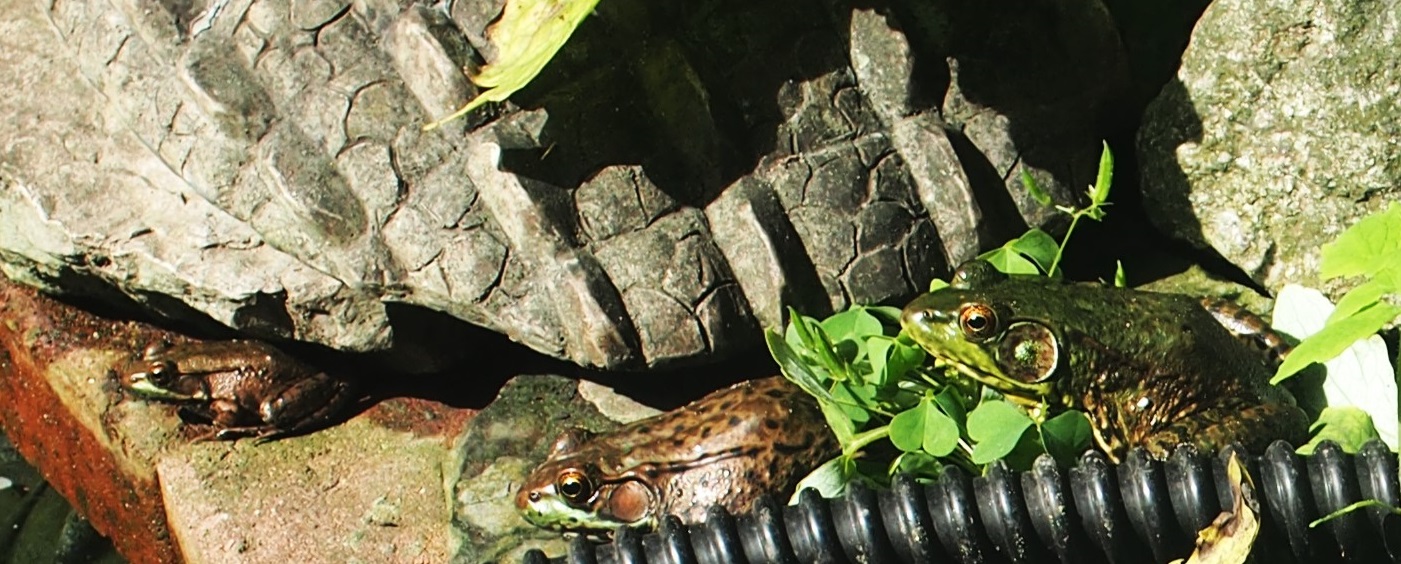
Here are some scenes of the Fishes. In picture 1, note how much larger Hedda is than in the summer. The two larger Fishes swimming next to her are many years older than Hedda. And next, see Koi Boy glowing at the top of the picture. He is the only Koi in the Pond. I wonder what will happen if and when he (or she - just calling him a boy might not make him one!) mates with the other Fishes.
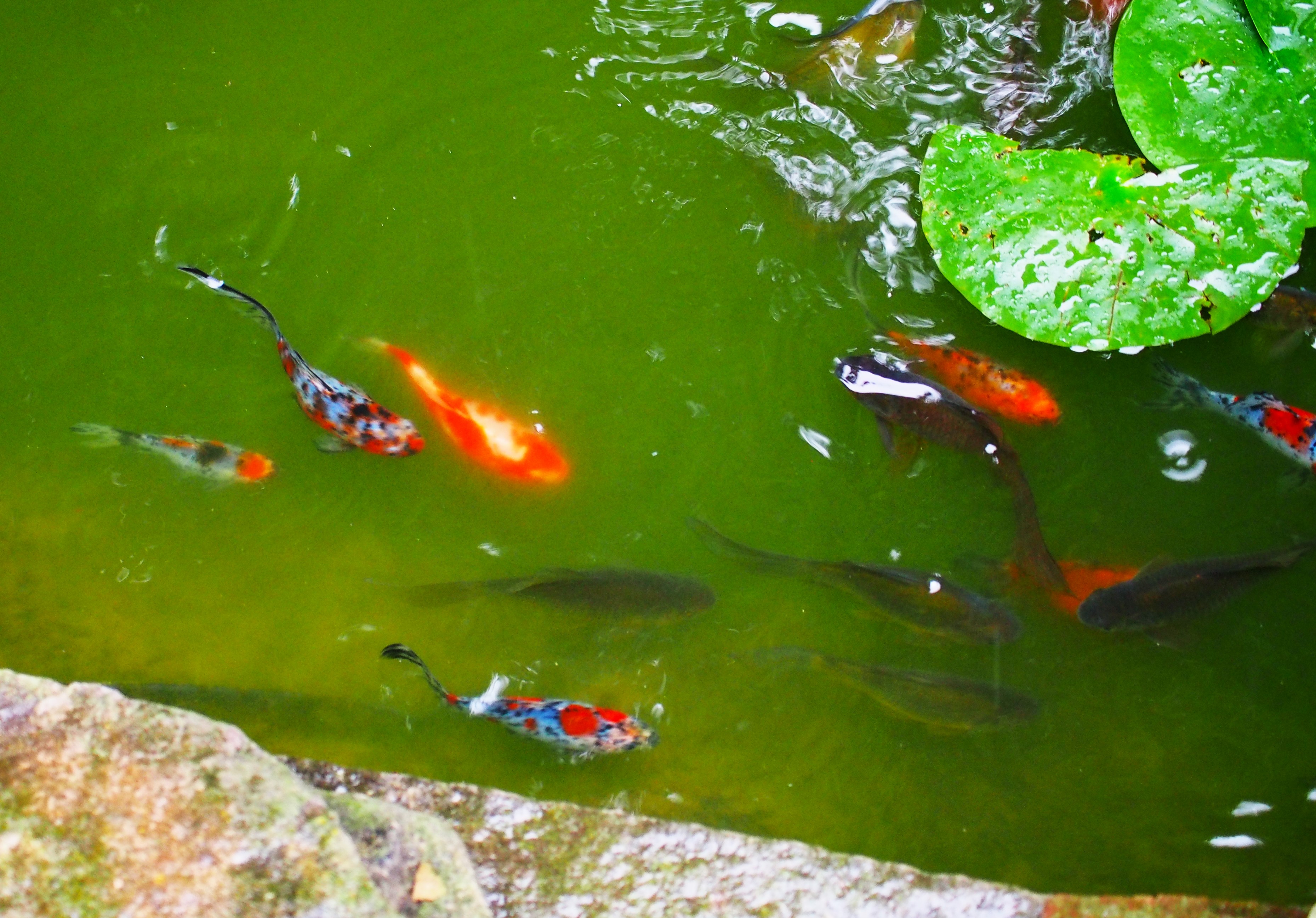

Well, here we are at the end of the week. It has been a wonderful Summer here in this microcosm. Again, let's hope we can keep our thoughts on the beauty that exists and our part in preserving that beauty. Best wishes to all, not just here but everywhere.
Love, Martha
Back to September 17, 2023
Forward to October 1, 2023
Back to main menu
copyright Martha O'Kennon 2023
.jpg)


.jpg)





































































.jpg)






